Borrowing from the structure of Labyrinth by Ravensburger, we create a Treasure Hunt using our maps of lines (sliding), colors (jumping), and shapes (jumping).
Each player needs to reach all the treasures assigned to them. The shape of the labyrinth is changed on each turn.
Above is the opening configuration of the map. The treasures are situated on their respective colored shapes. The extra map piece will be used to reconfigure the map. Green and purple game tokens are to the lower left.
Above are the treasures dealt to the purple and green players respectively.
Above is the opening board with the purple token on the purple opening position and the green token on the green opening position. Let purple move first.
Above, Purple tries to get the trophy cup, which is three places above its starting position. But Purple has to change the map before it can move. Purple chooses to change the map so that it can still reach the trophy cup. Purple slides the extra map piece into the row above its starting position. Pushing to the left places a well-connected piece right above Purple so that it can slide and reach the trophy as illustrated below.
Green has the bow and arrow in its treasure cards, so first moves the extra piece into the fifth column from the left. Green then jumps from the green starting position to the green raindrop shape in order to capture that treasure--as illustrated below.
Below, the captured treasures after round one have been turned down showing what treasures are left to obtain.
Many Maps in One!! There 9.8 x 10^89 possible maps among this 8 by 6 board.
There are 48! ways to place the 48 pieces on the 8 by 6 board and each piece can be rotated in 4 different positions. So 48! x 4^48 = 9.8 x 10^89, which is the number 98 with 88 zeros after it!!
There are 48! ways to place the 48 pieces on the 8 by 6 board and each piece can be rotated in 4 different positions. So 48! x 4^48 = 9.8 x 10^89, which is the number 98 with 88 zeros after it!!
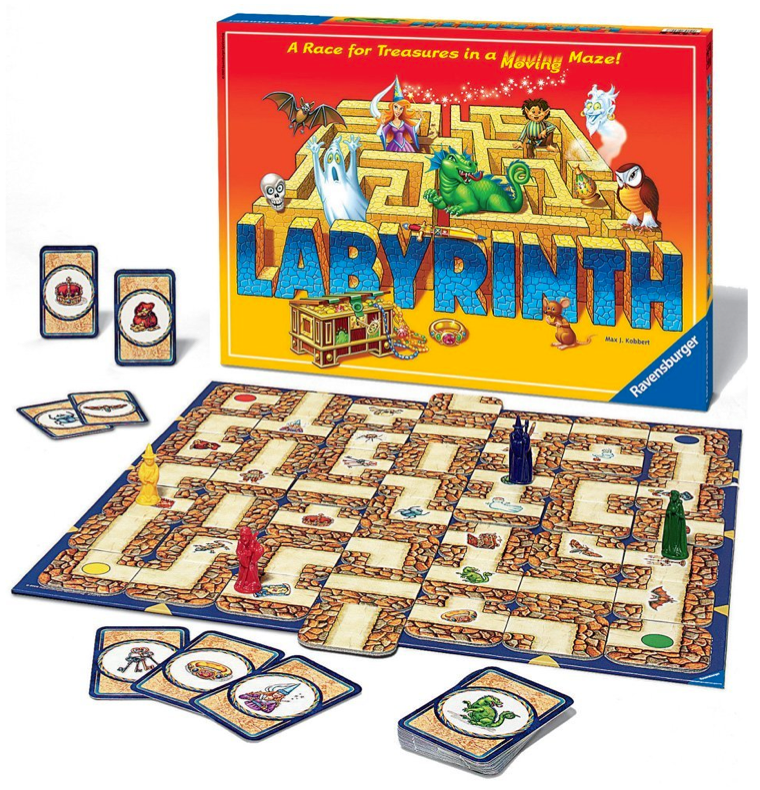
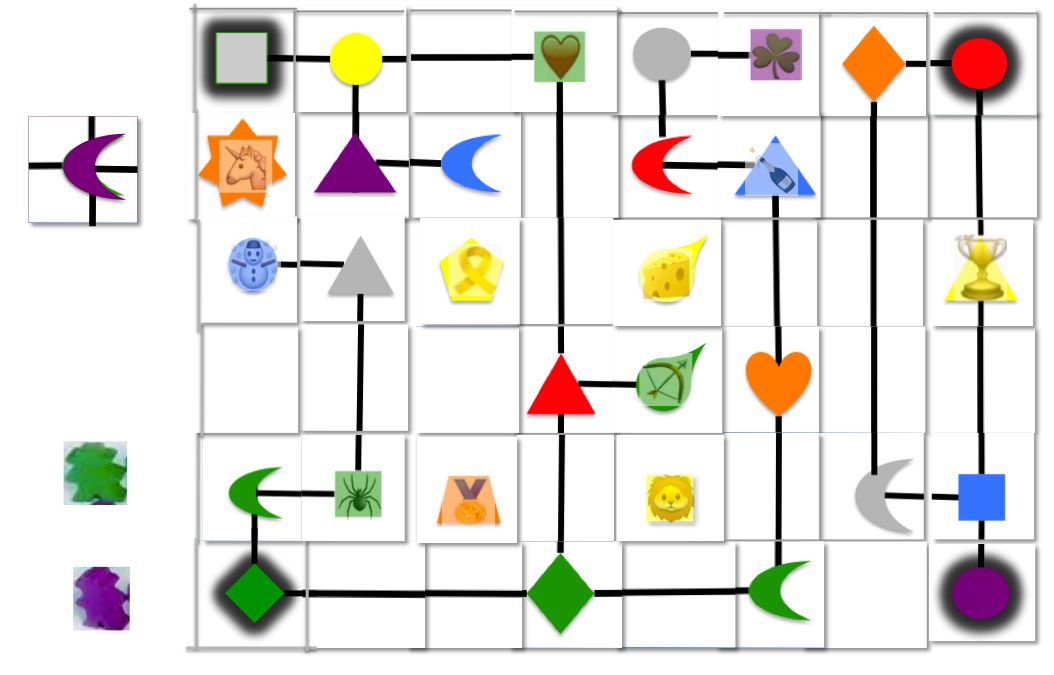
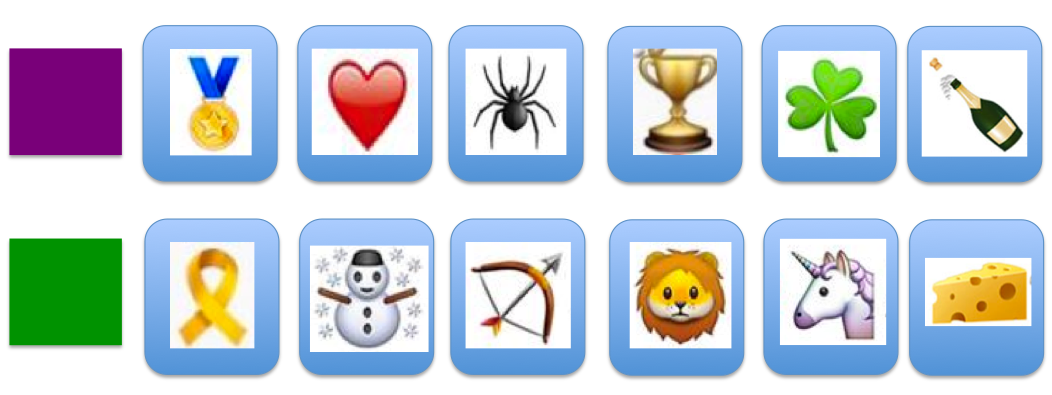
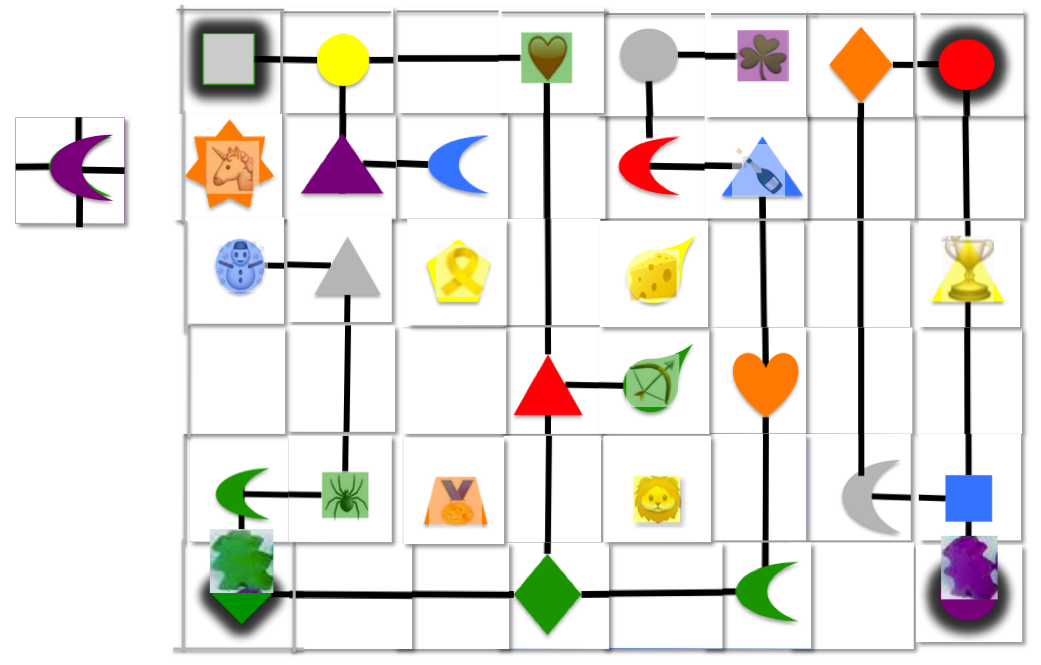
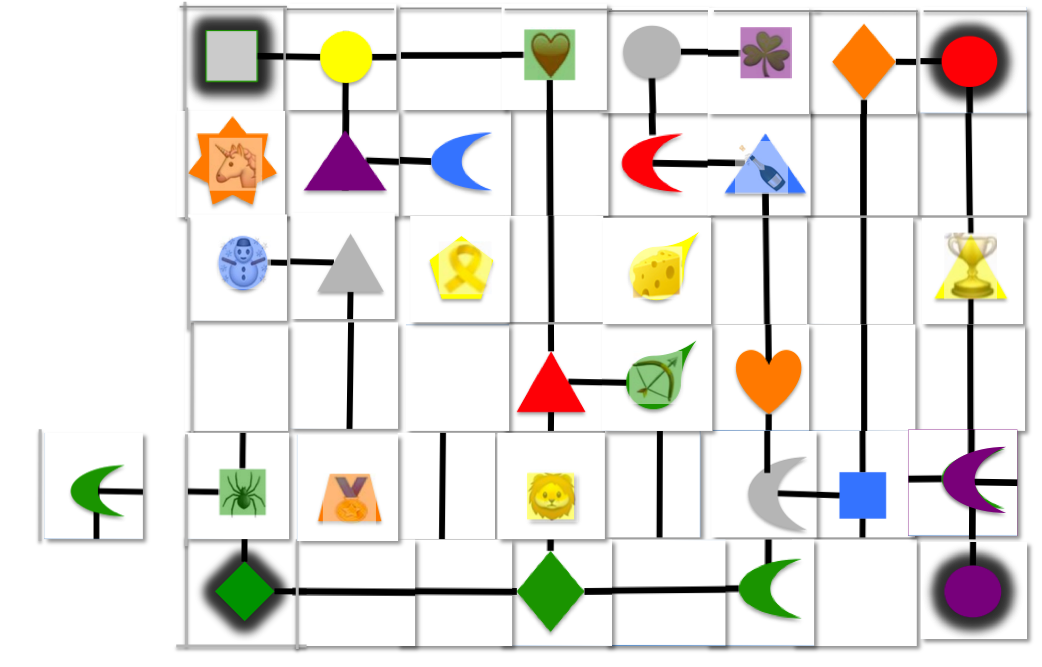
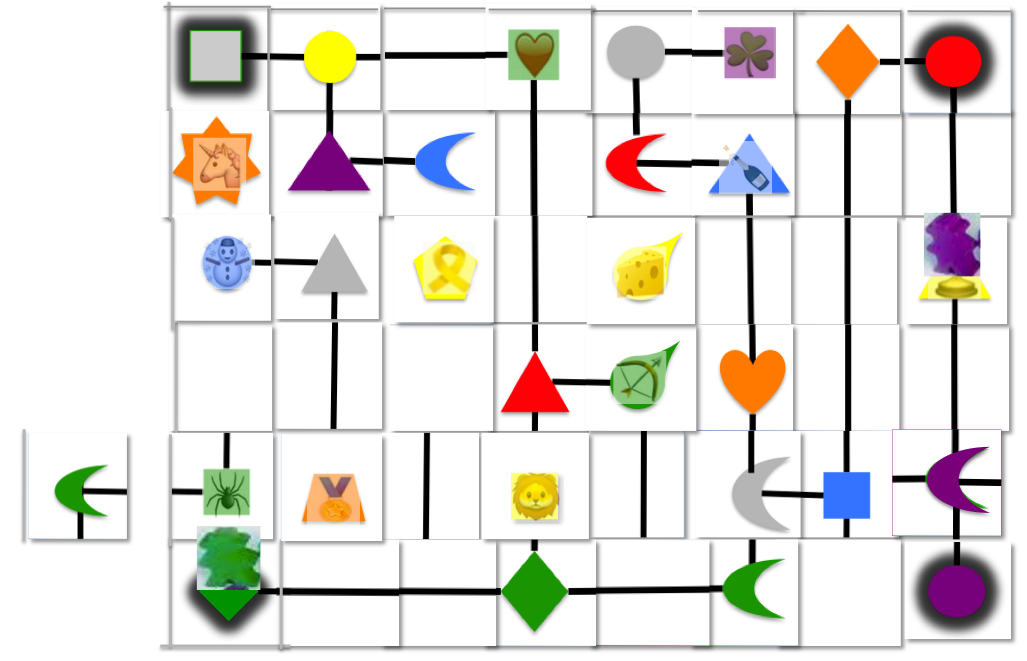
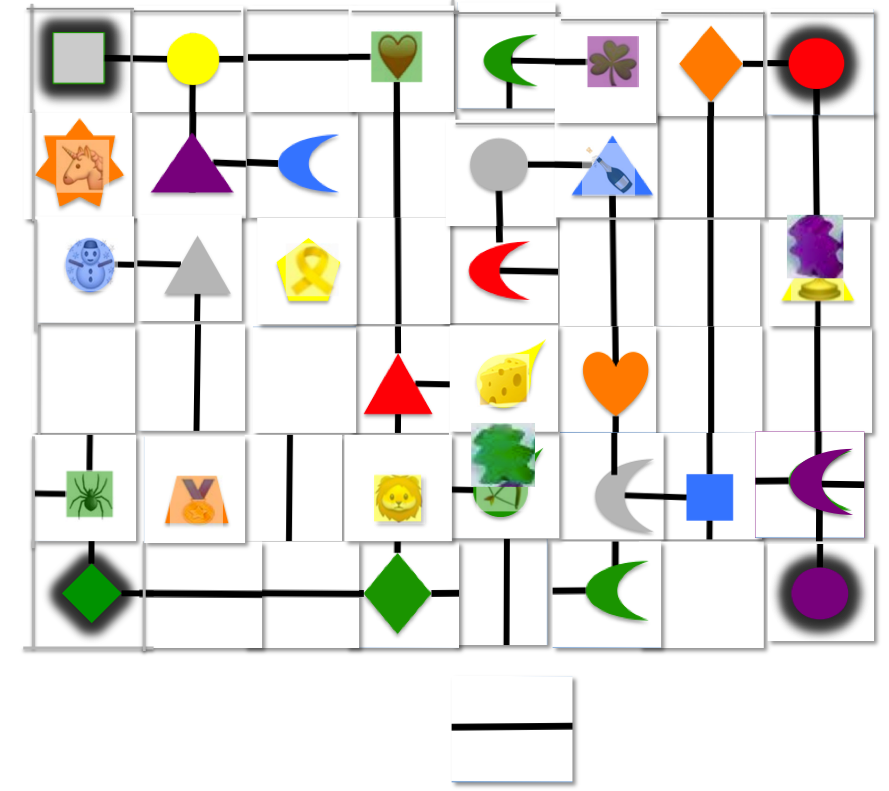
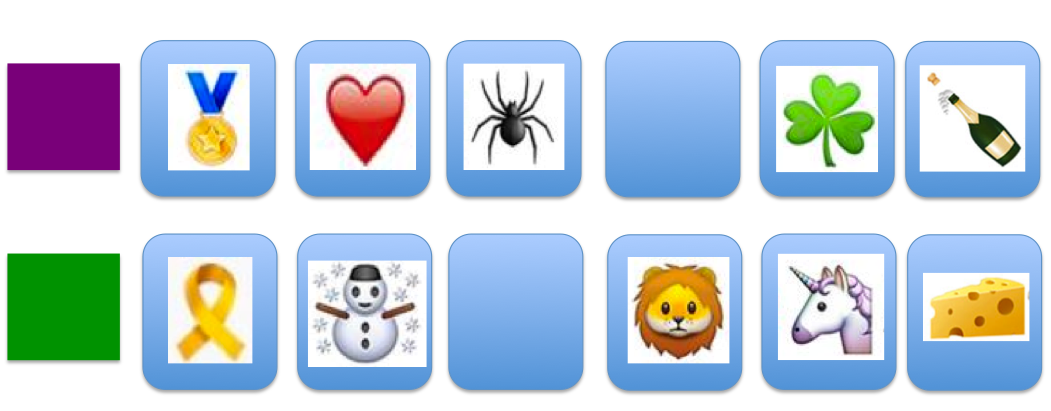
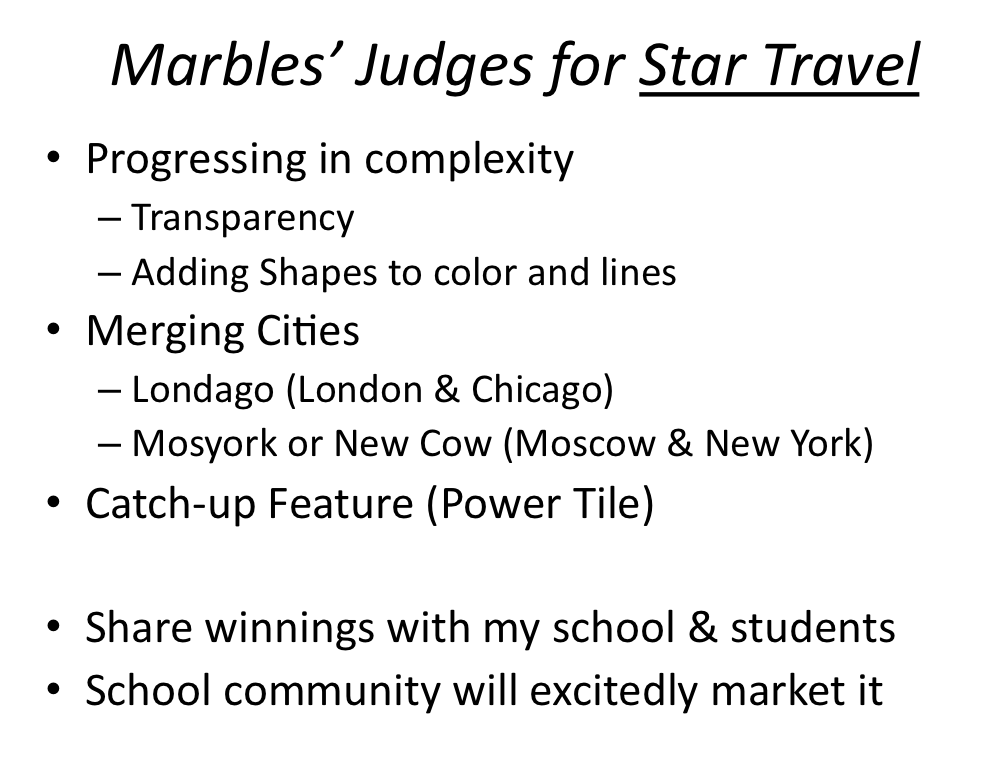
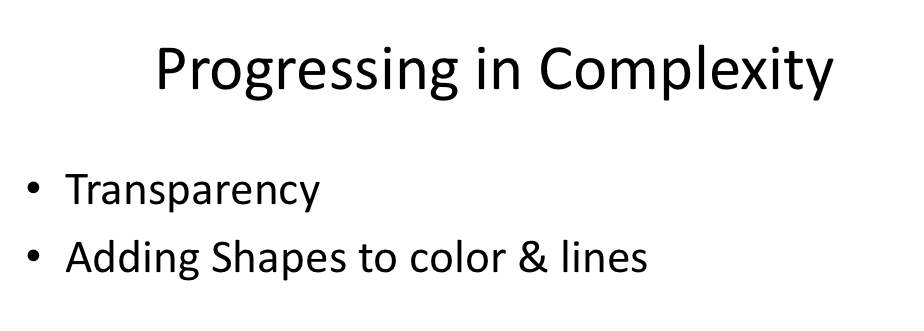
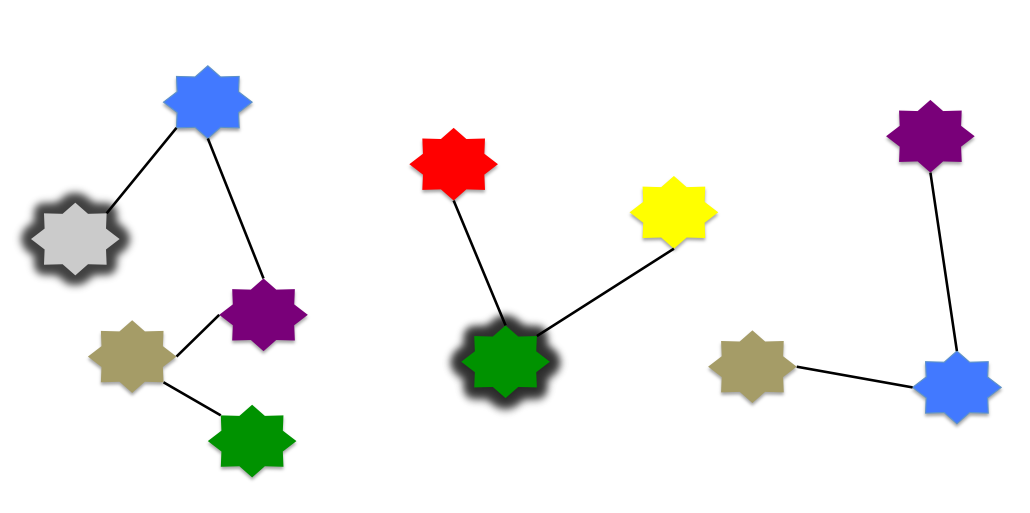
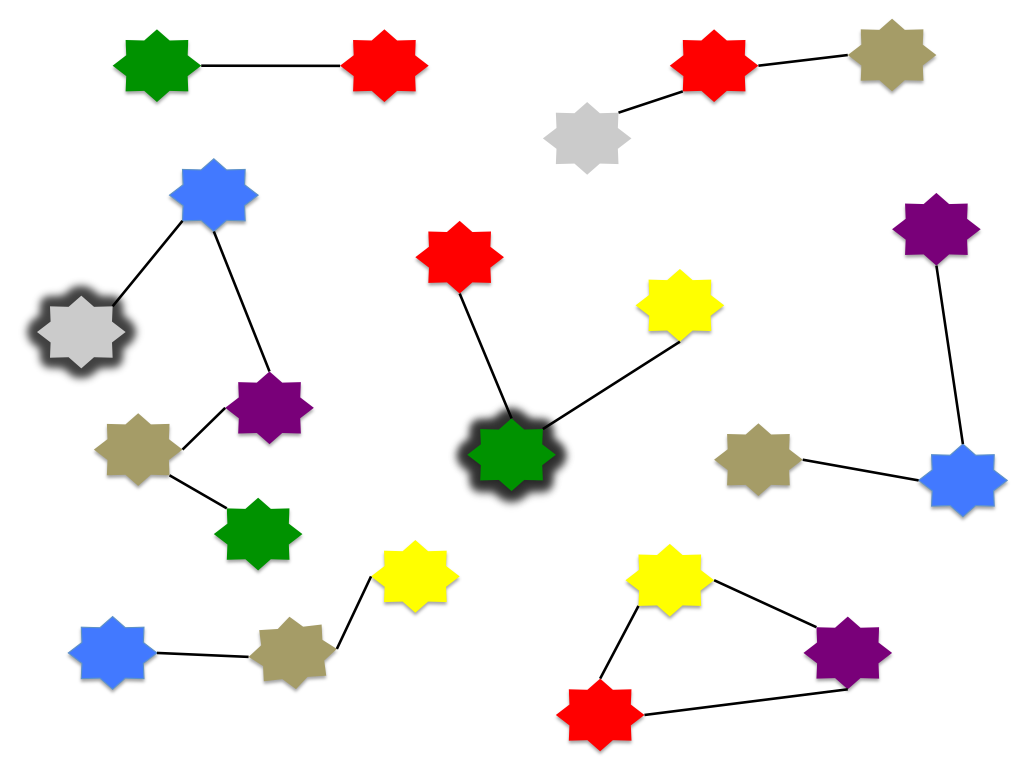
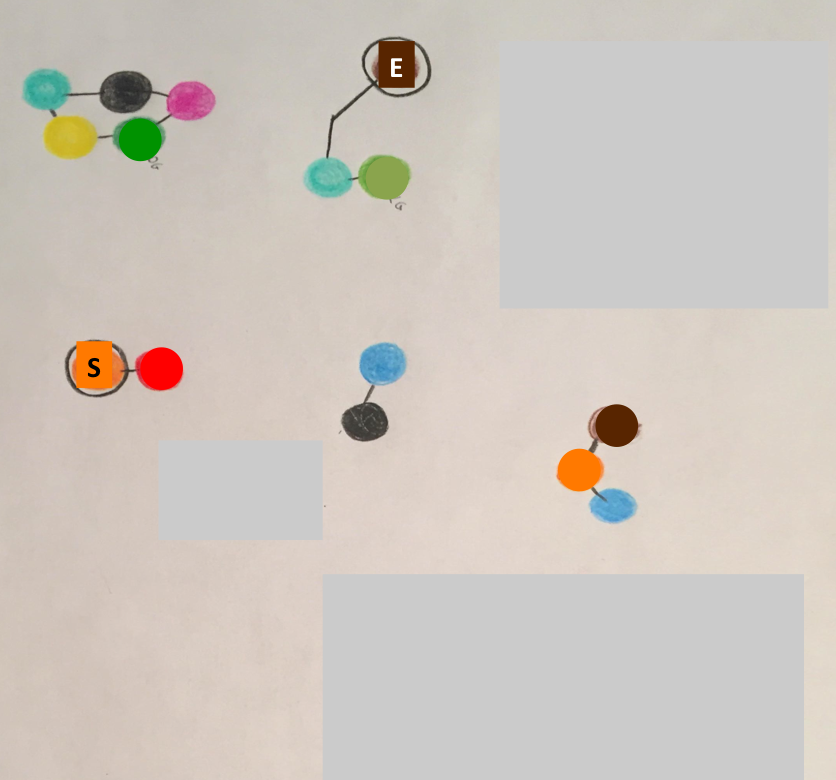
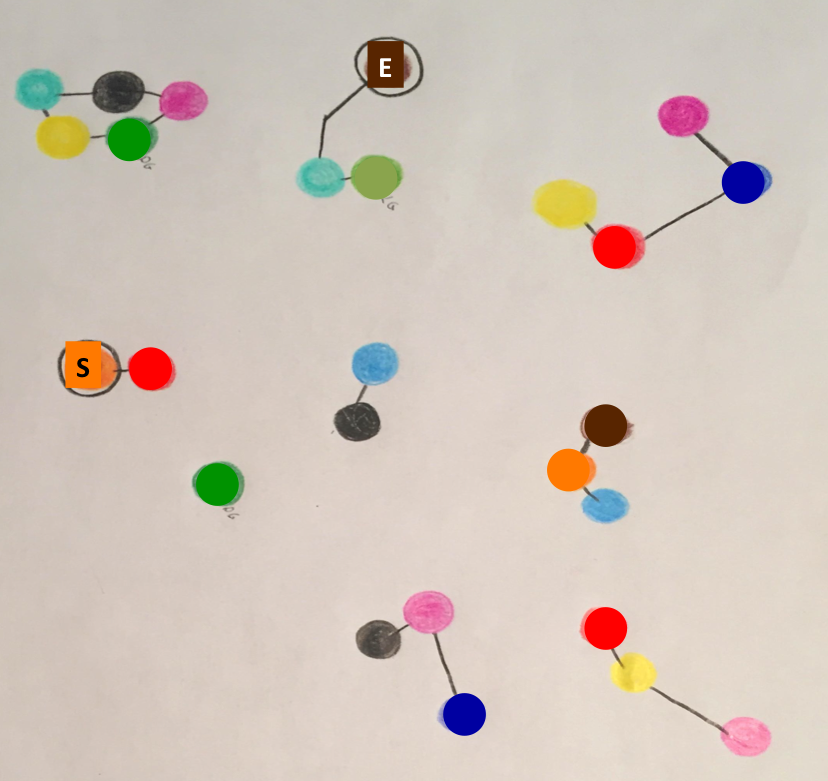
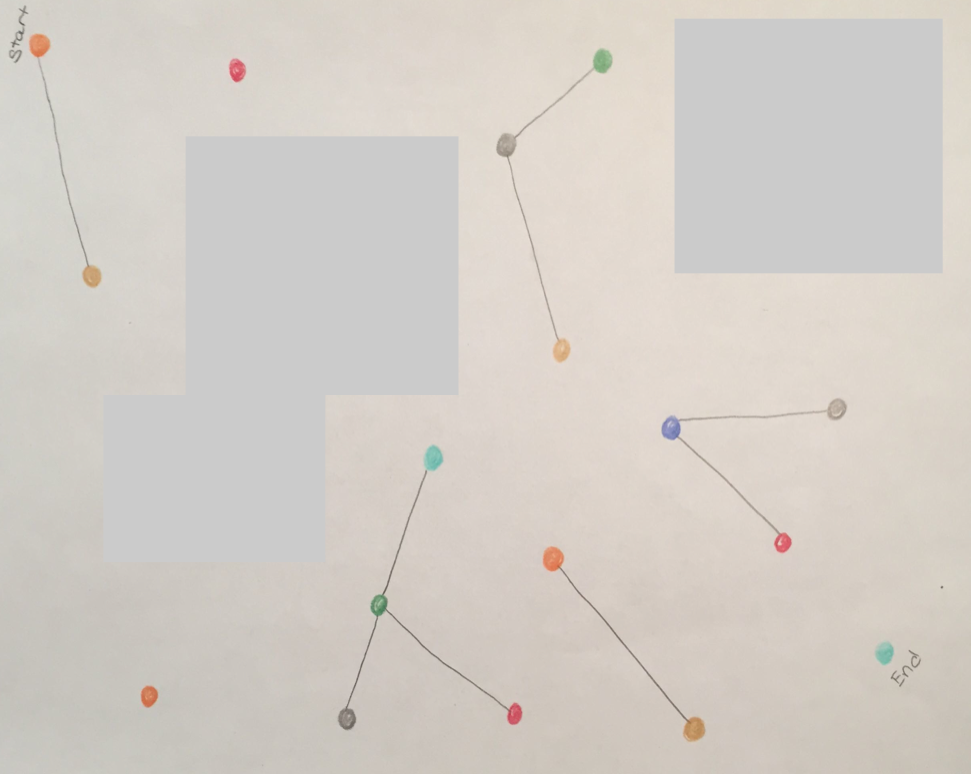
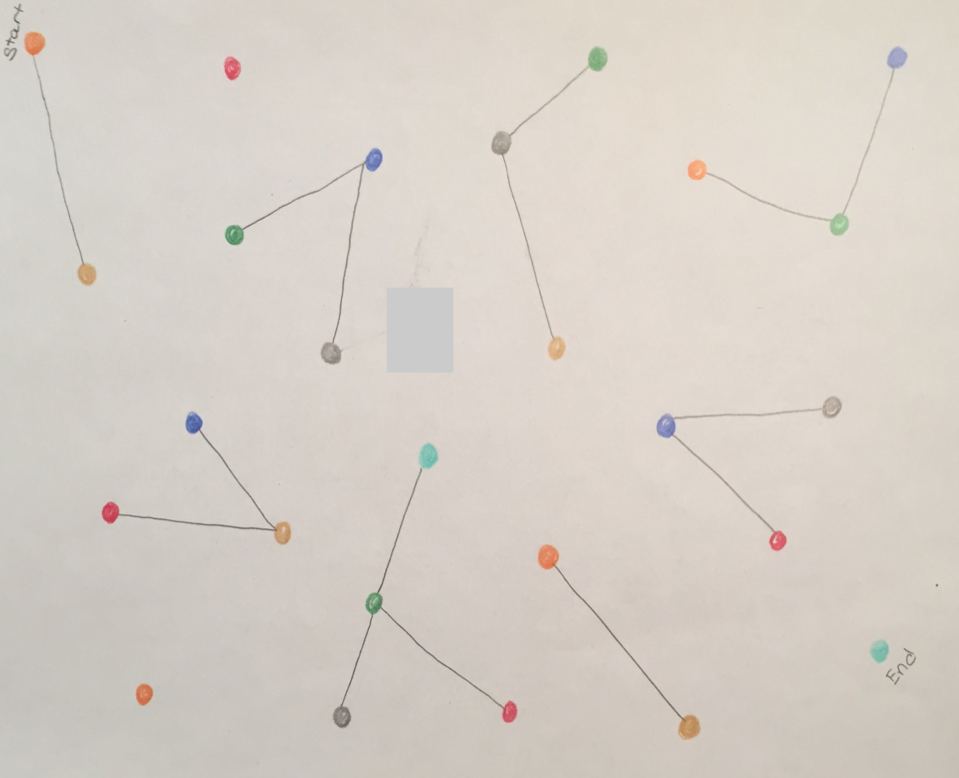
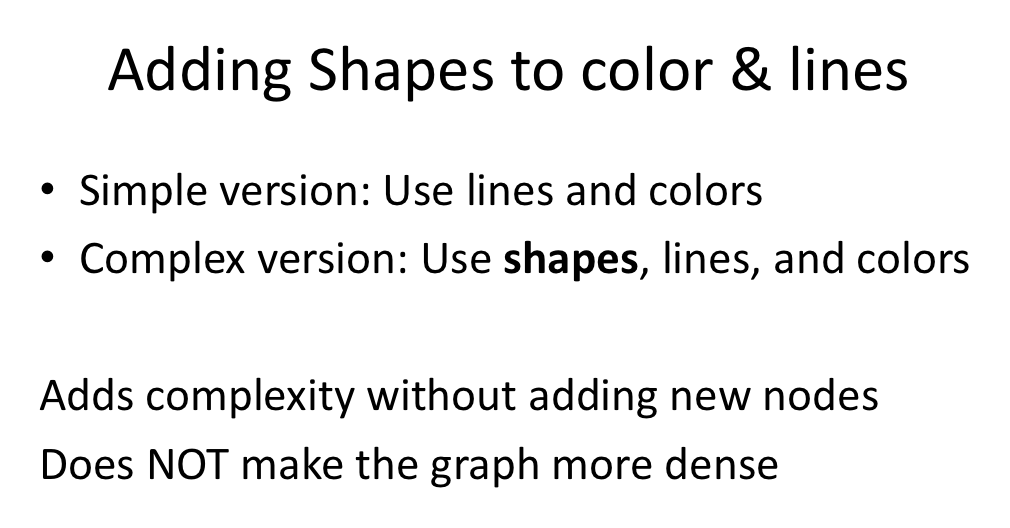
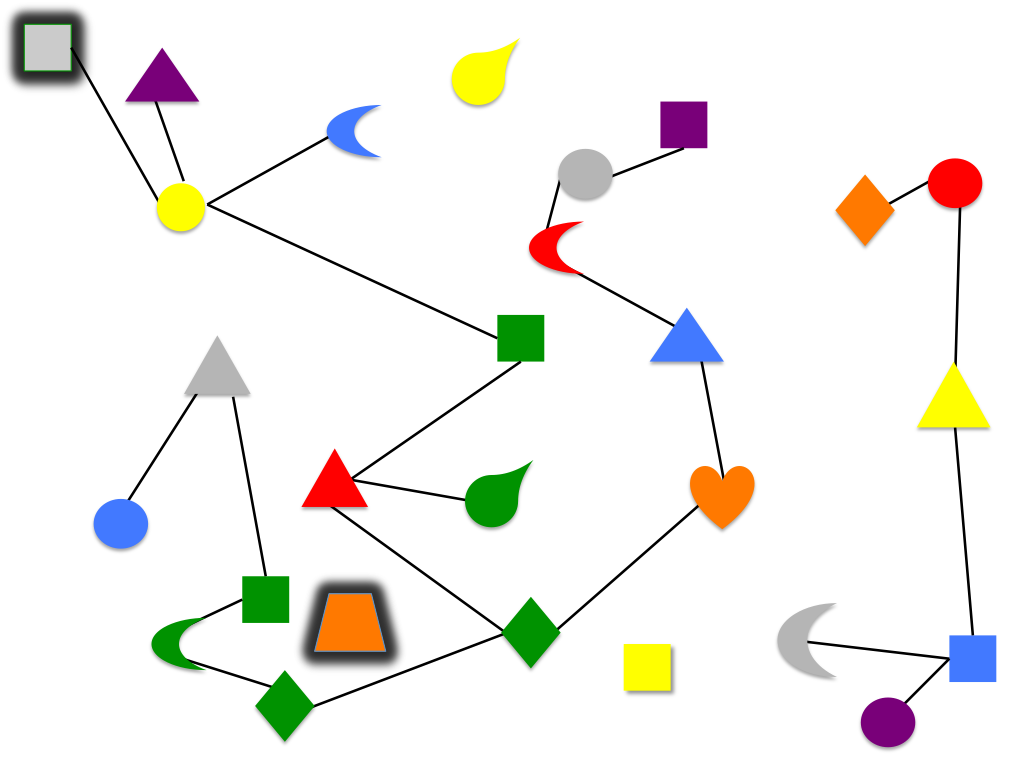
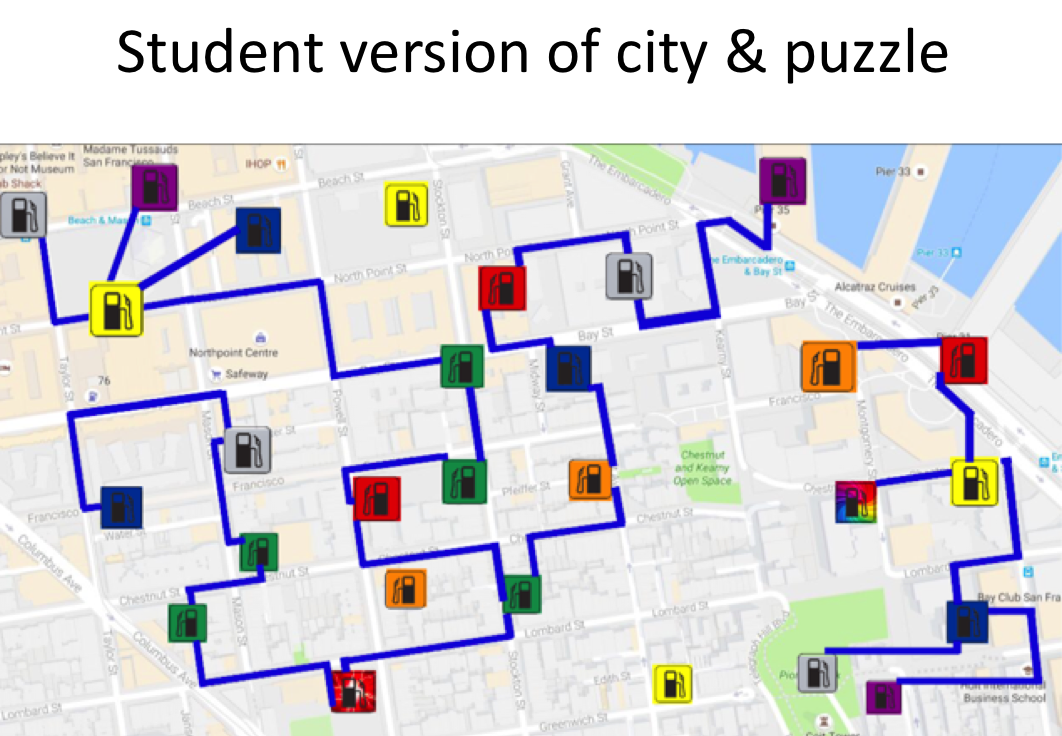
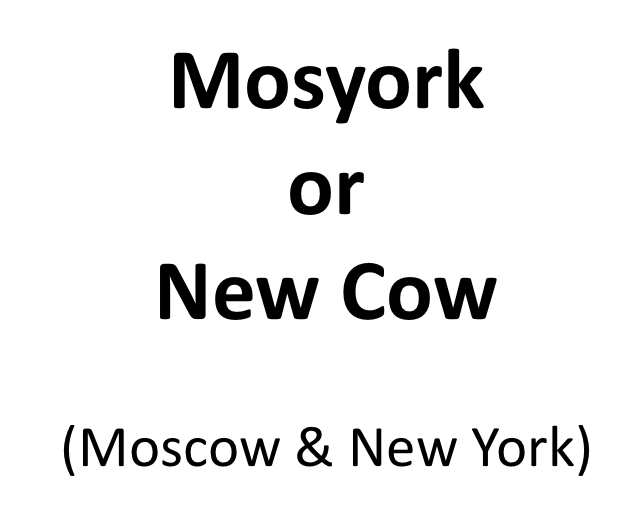
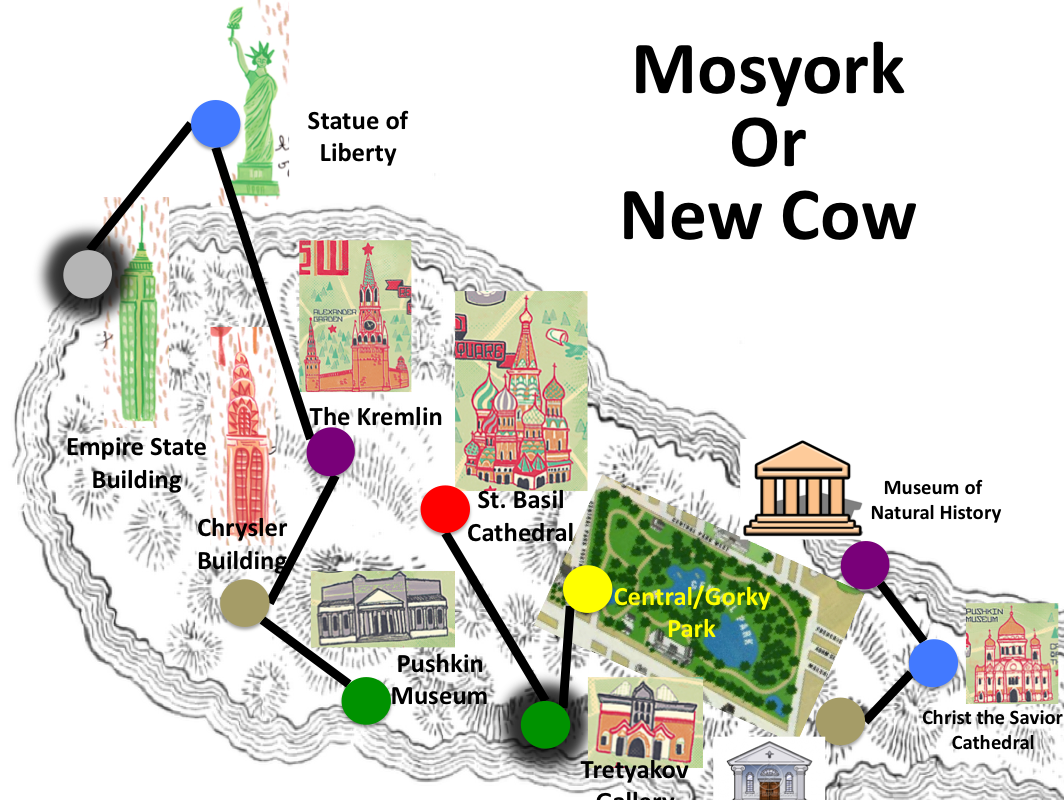
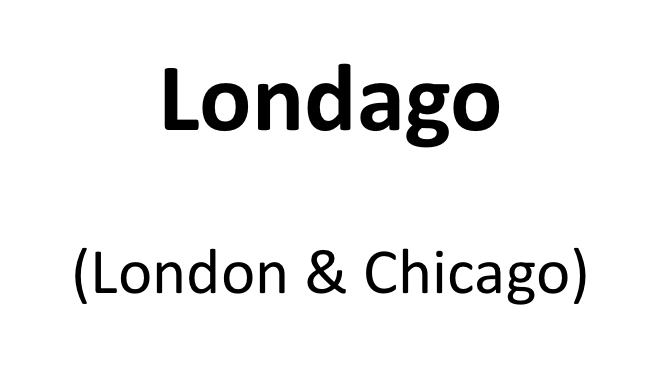
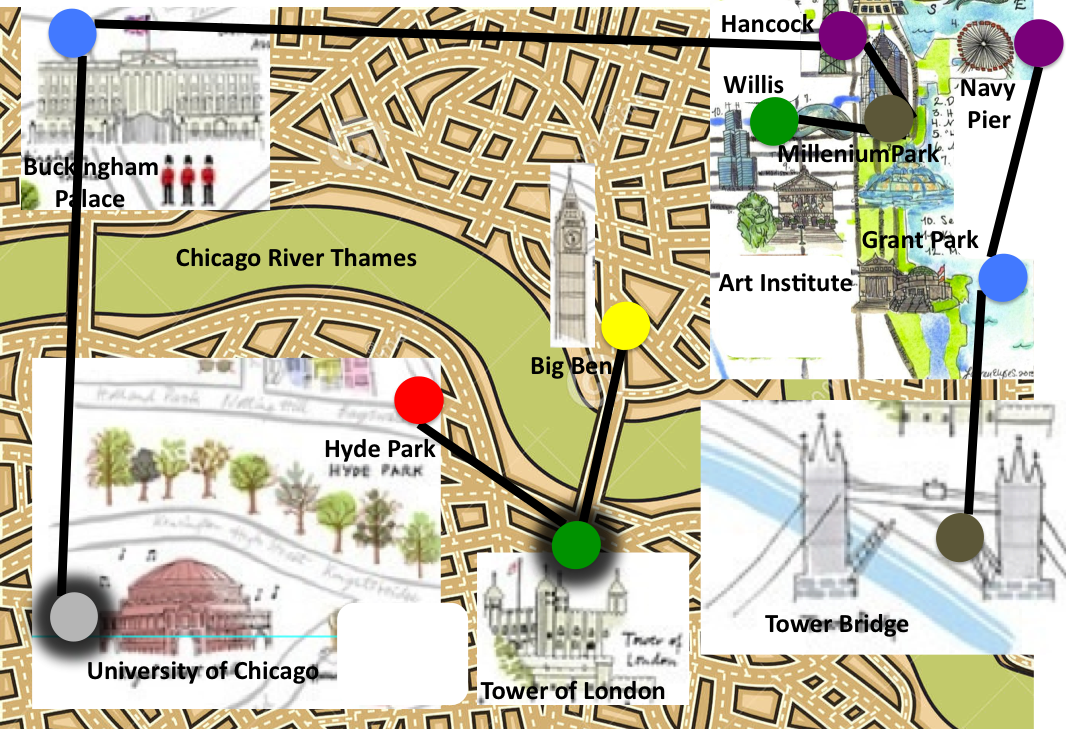
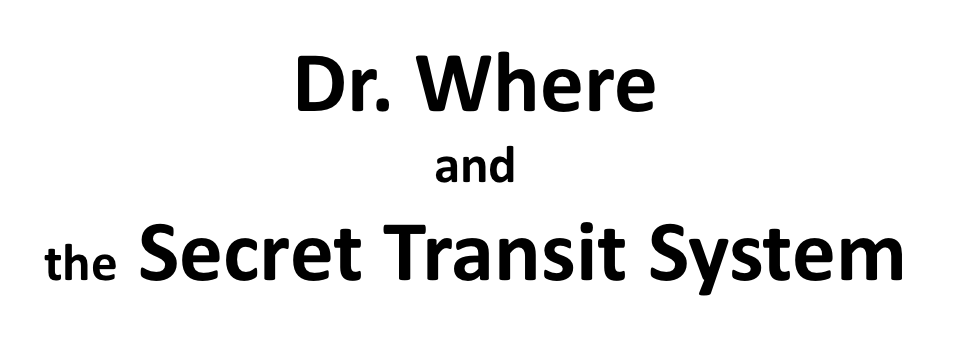

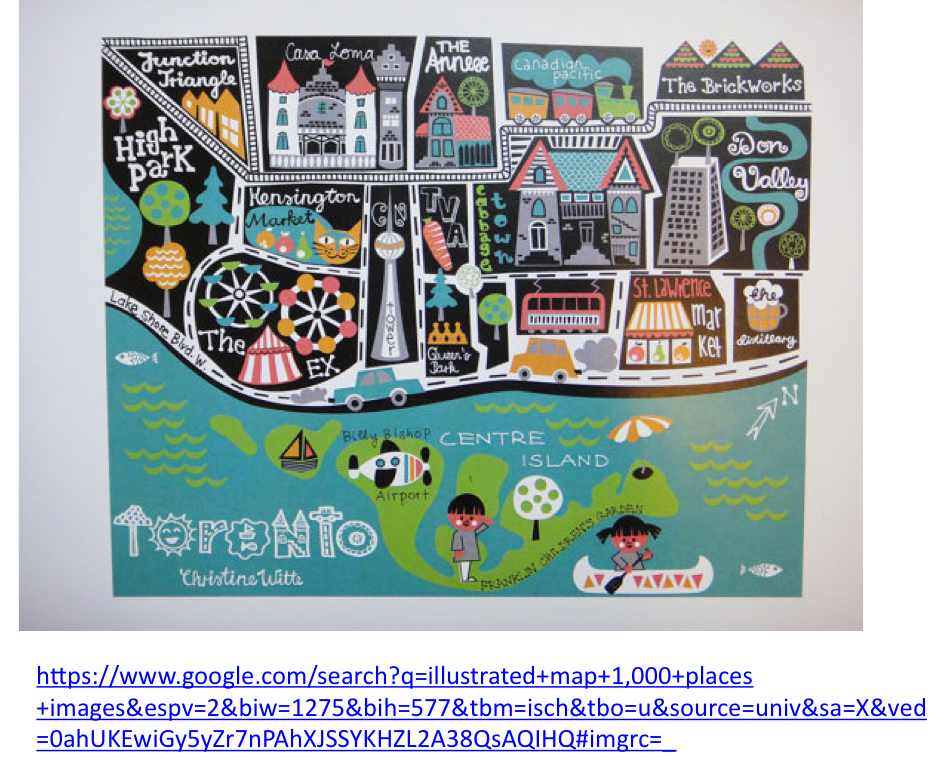
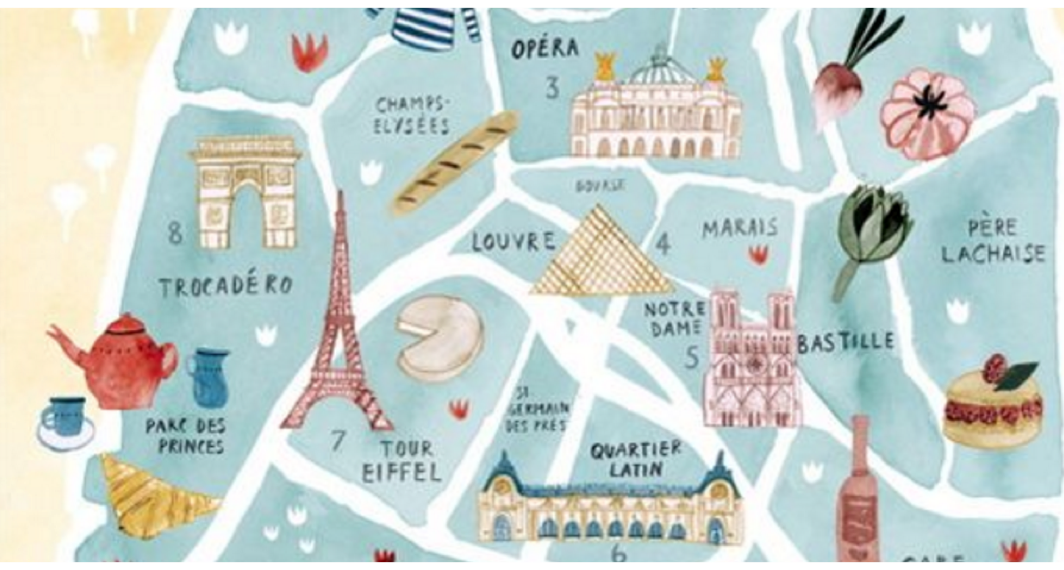
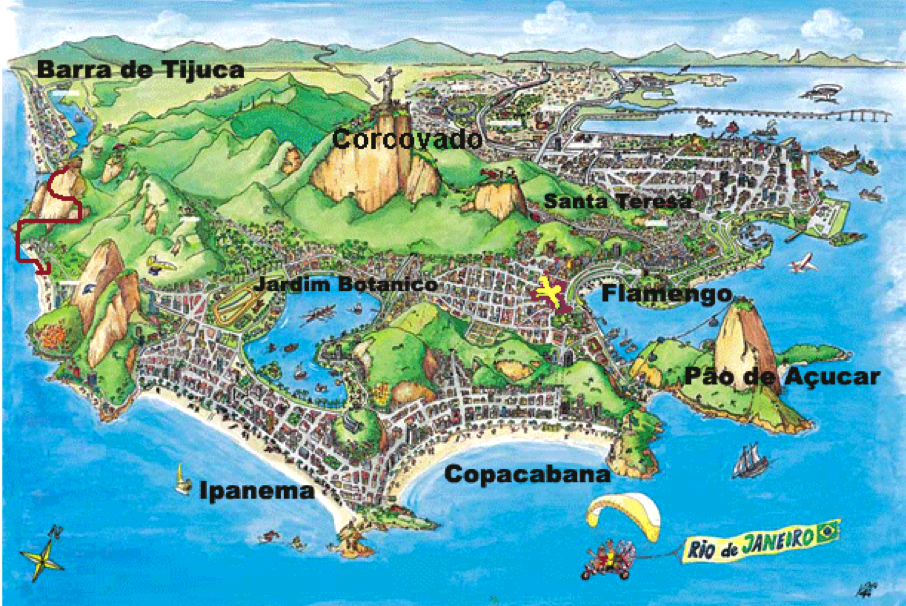
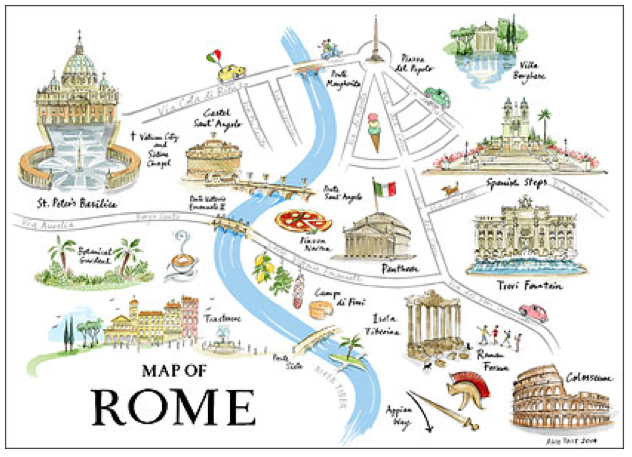
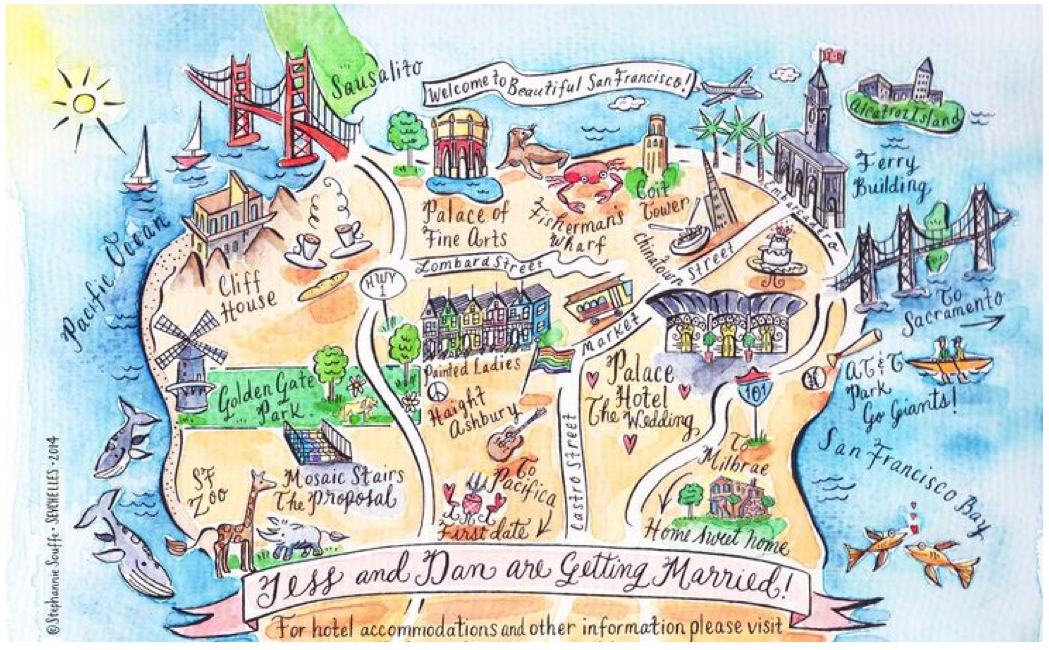
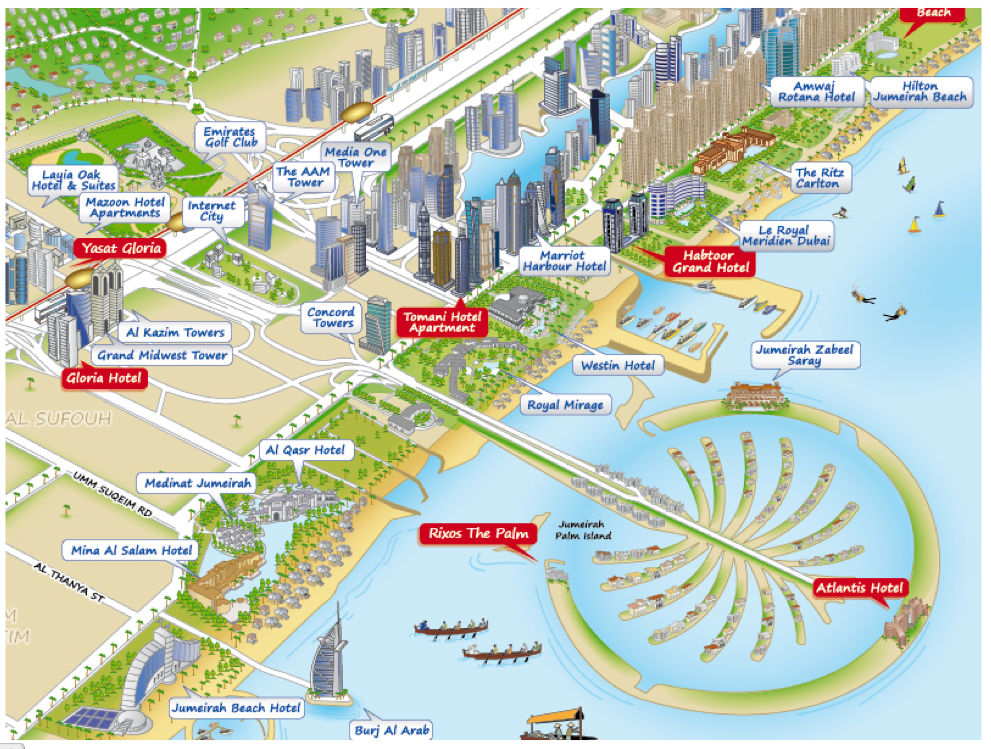
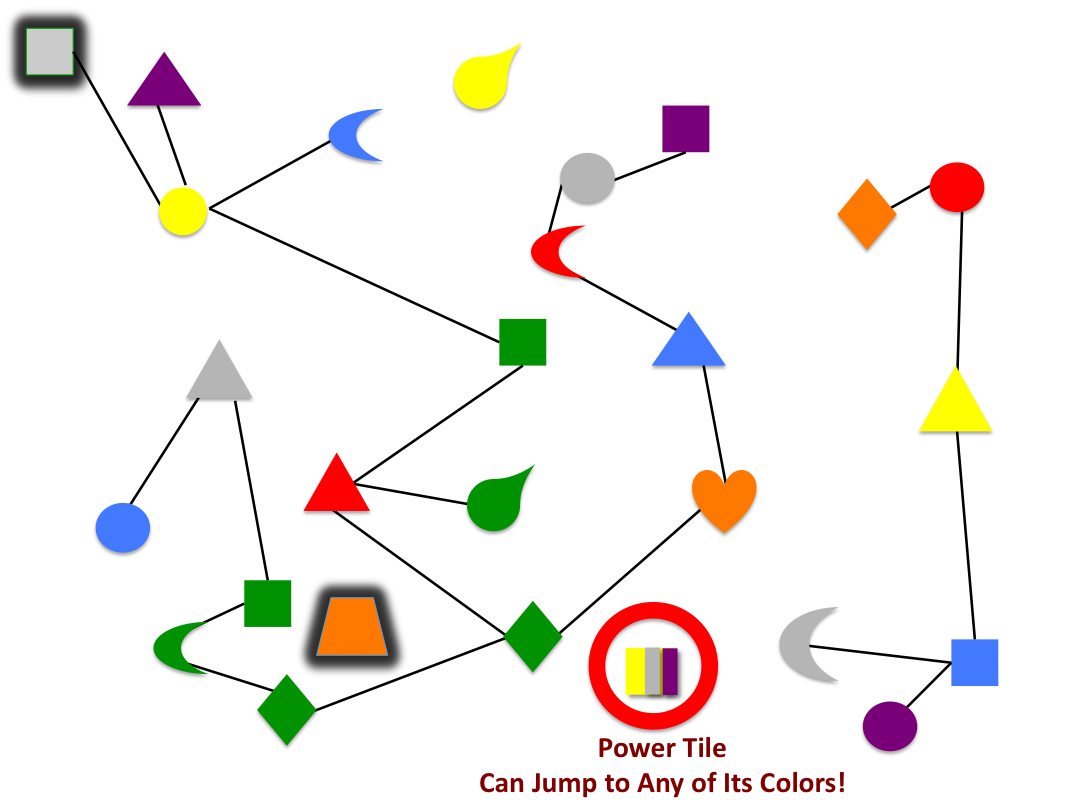
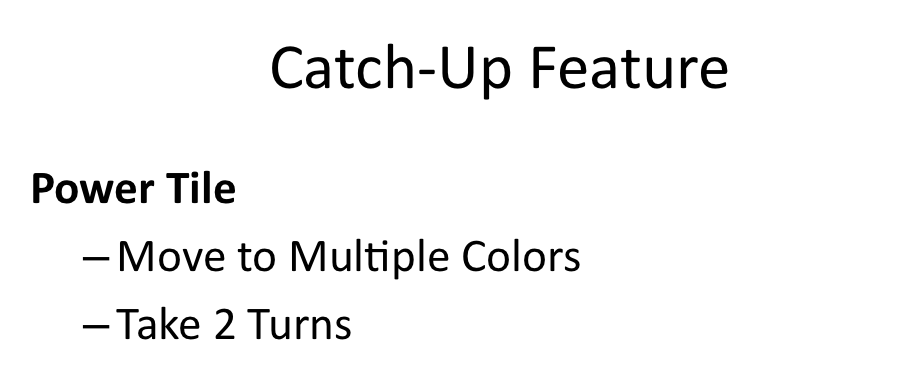
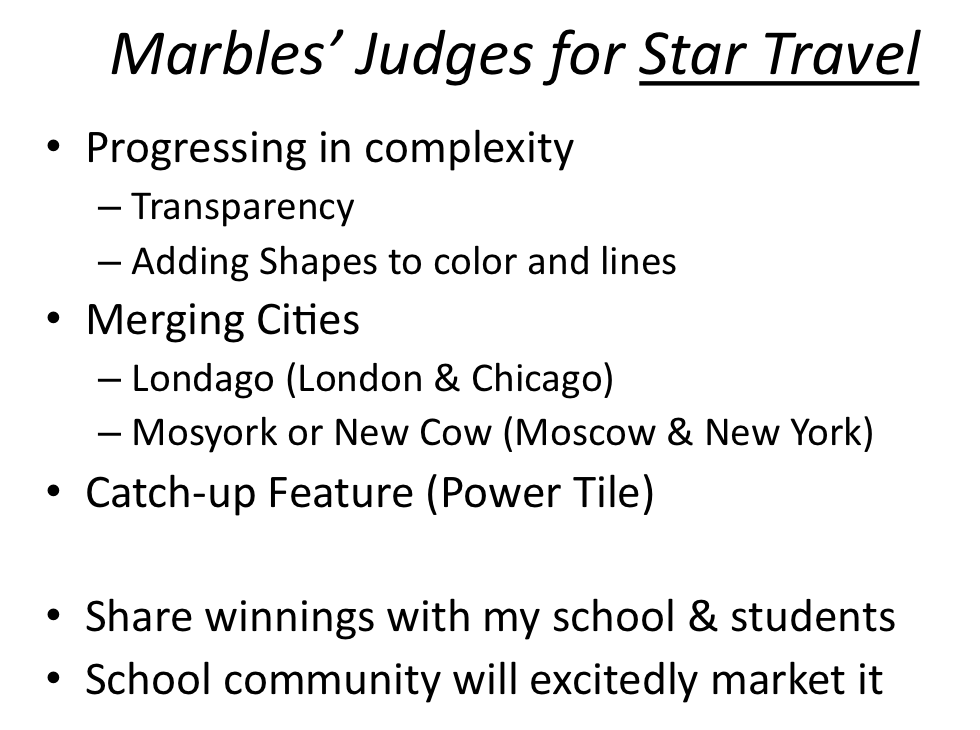
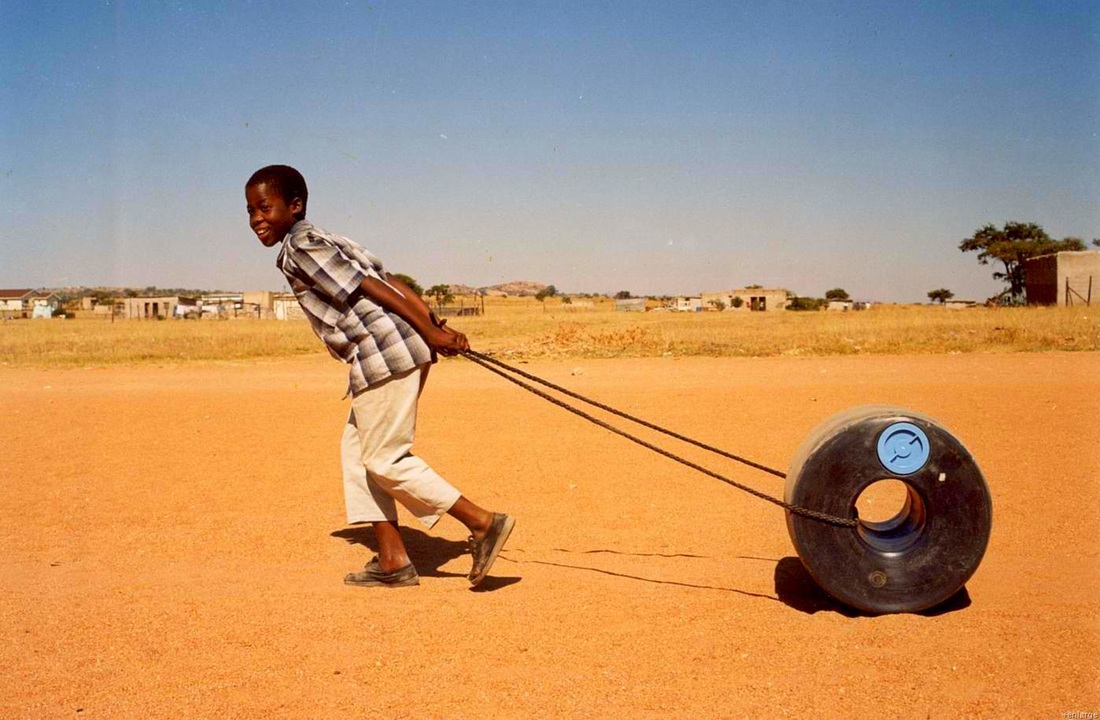
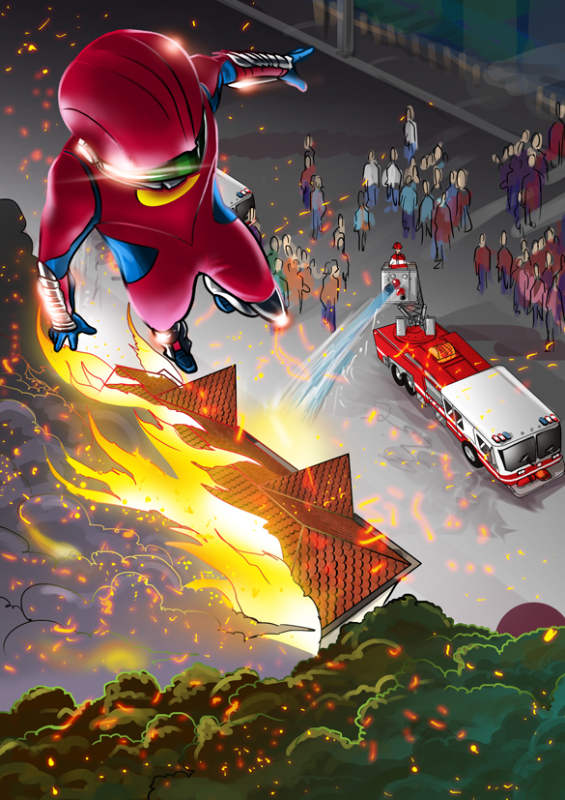

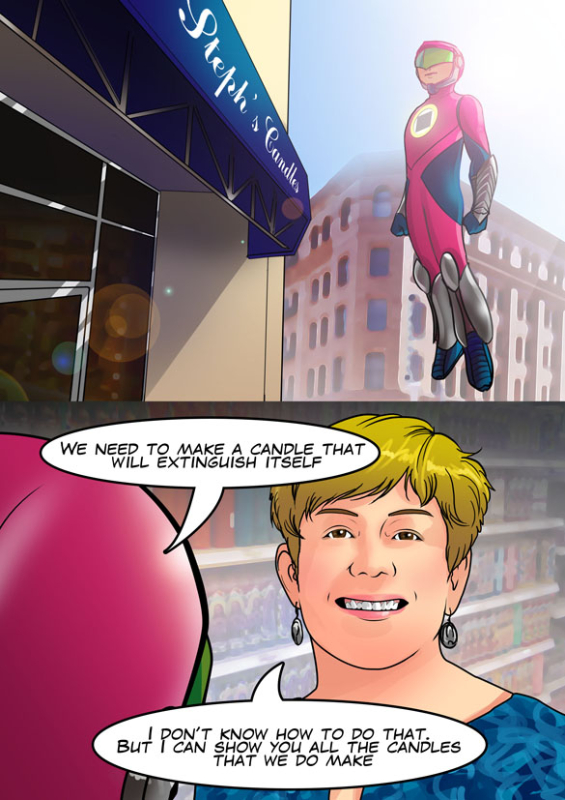
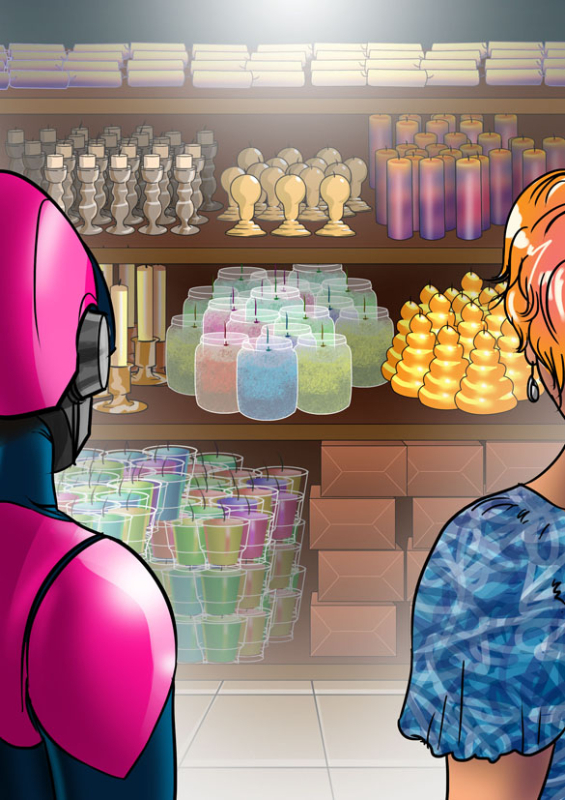
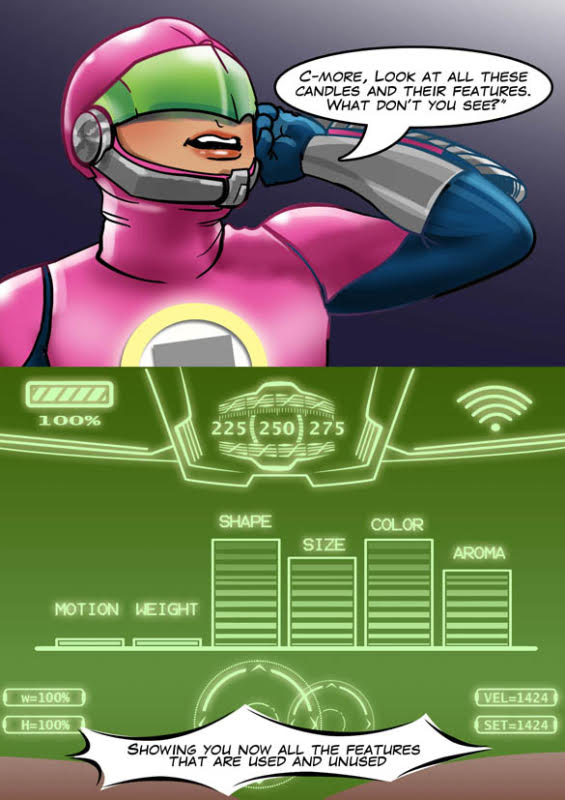
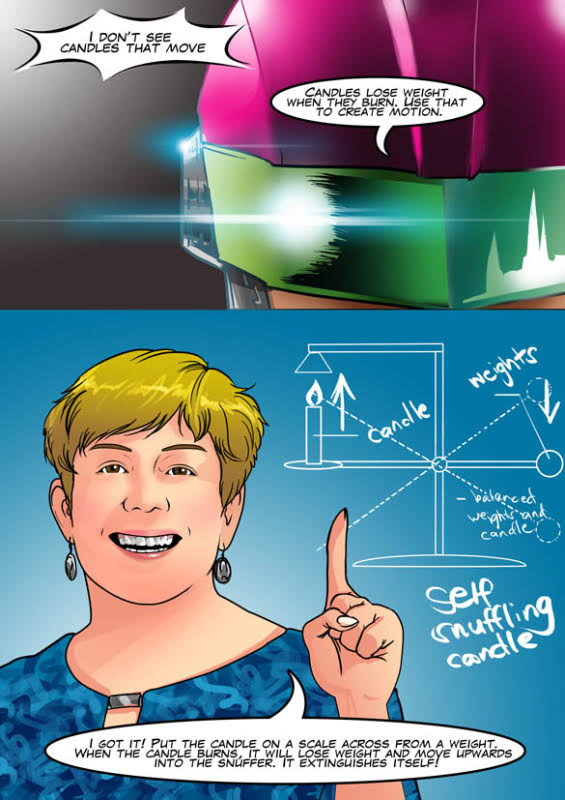
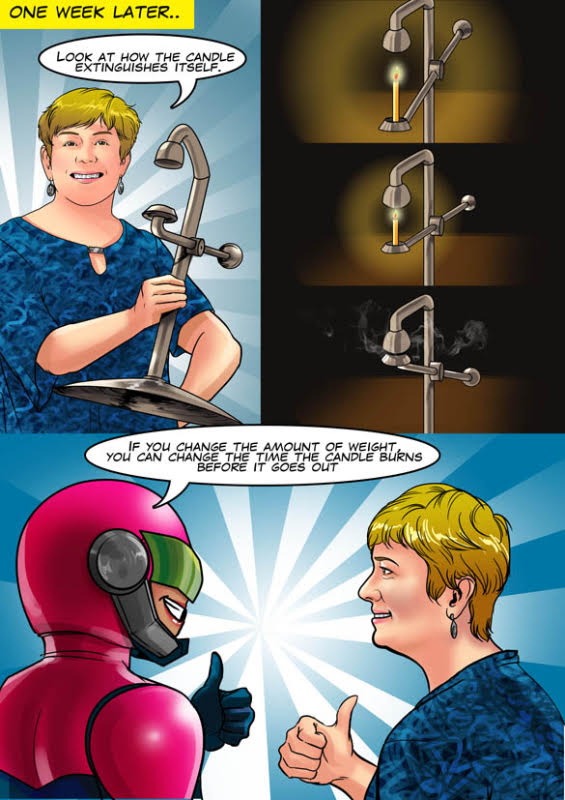
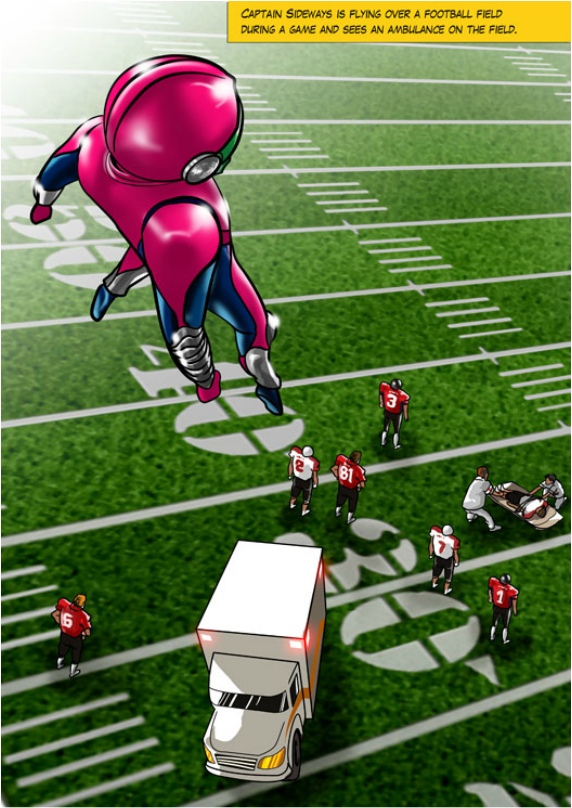
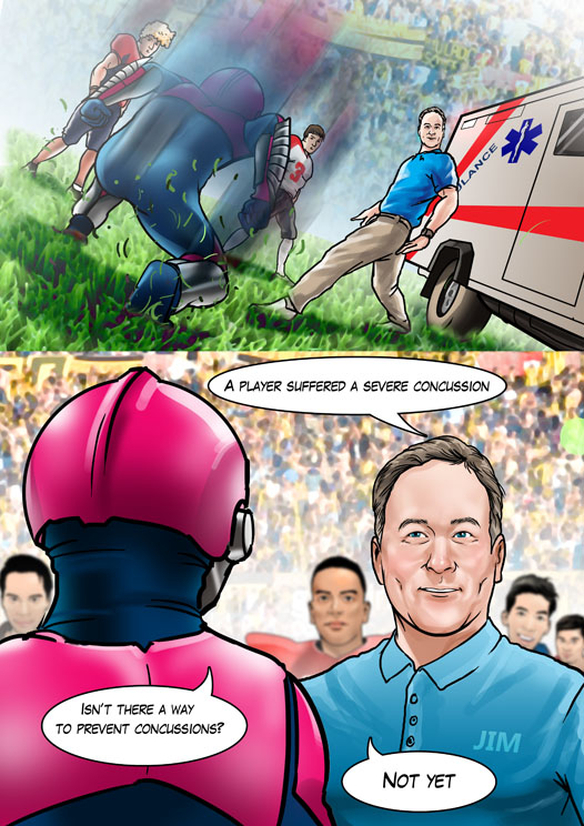
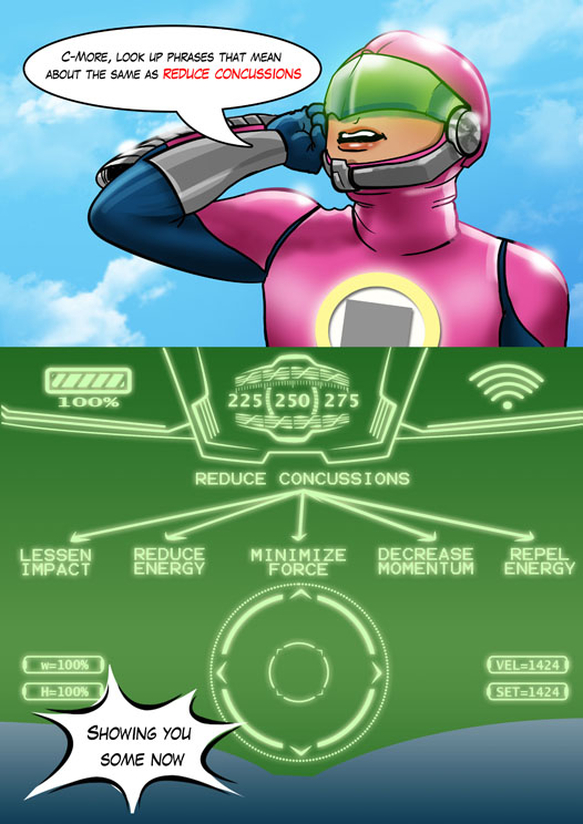
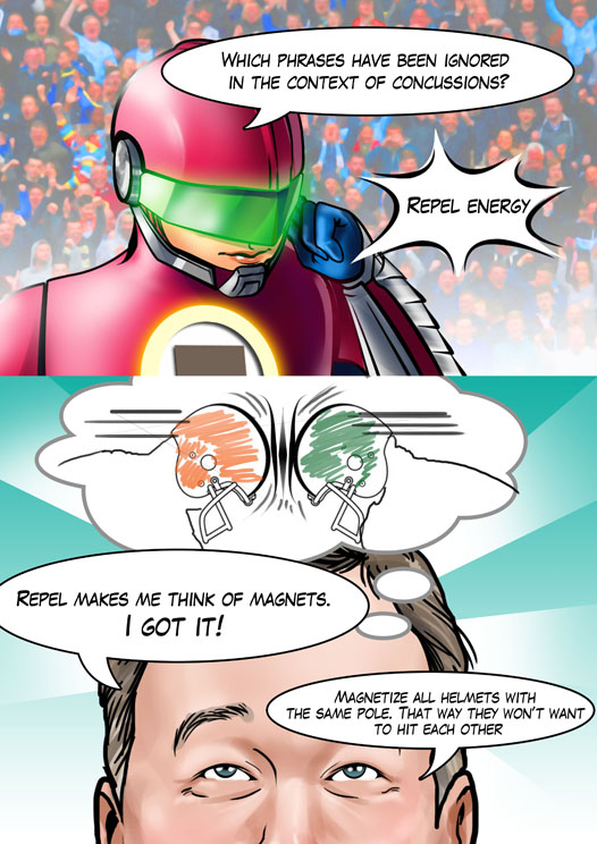
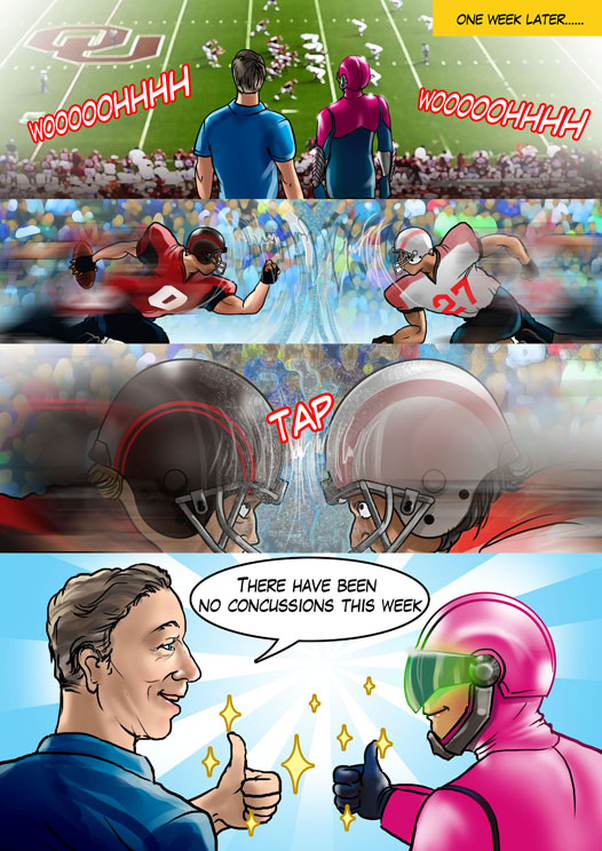
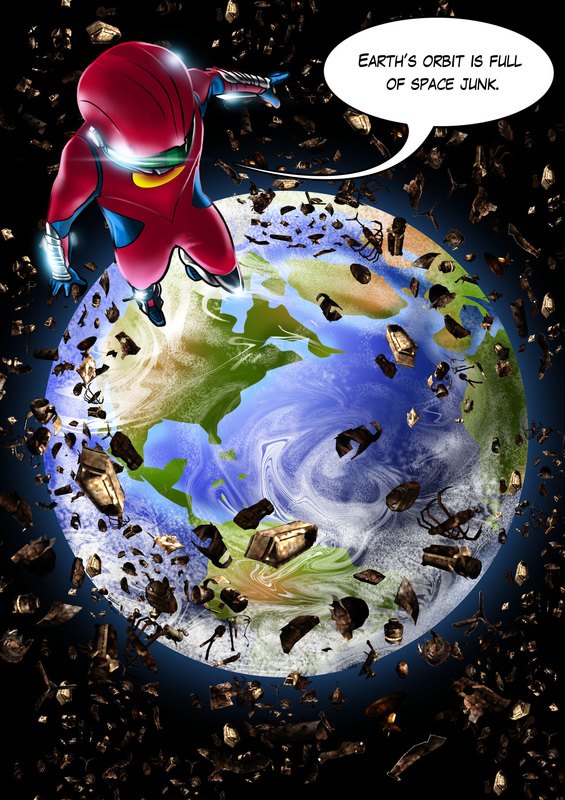
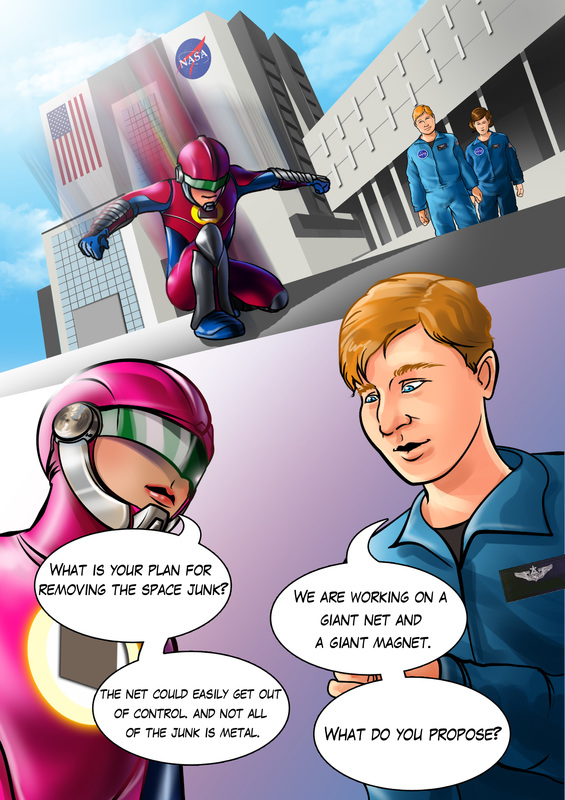
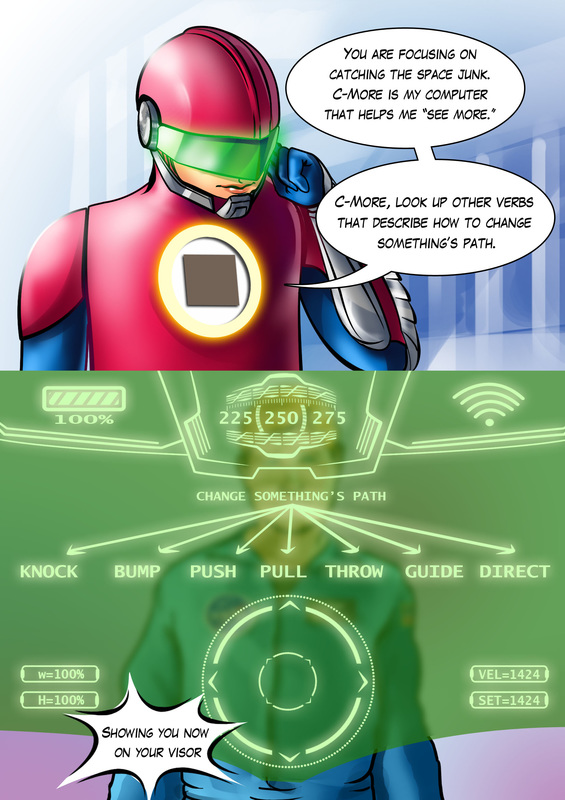
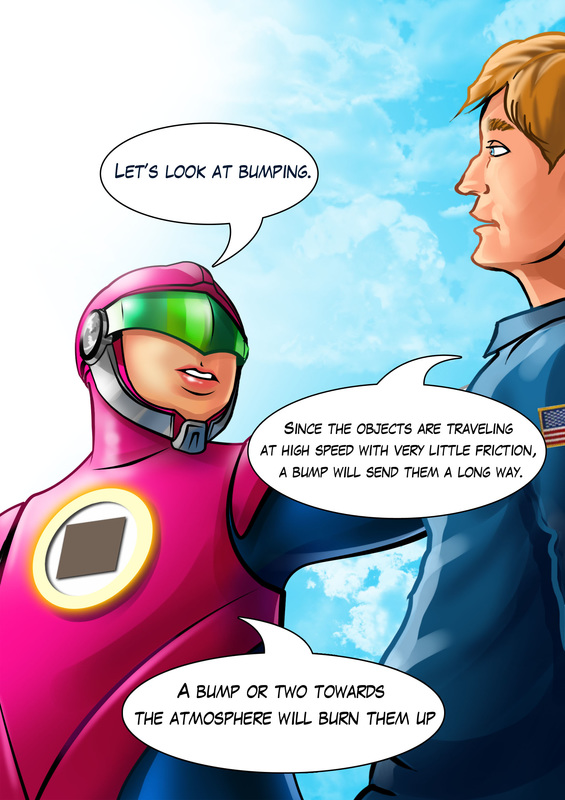
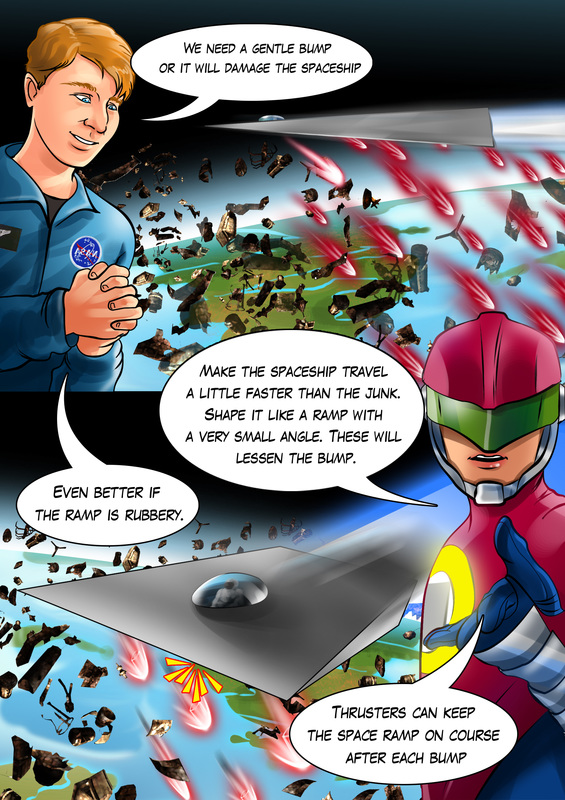
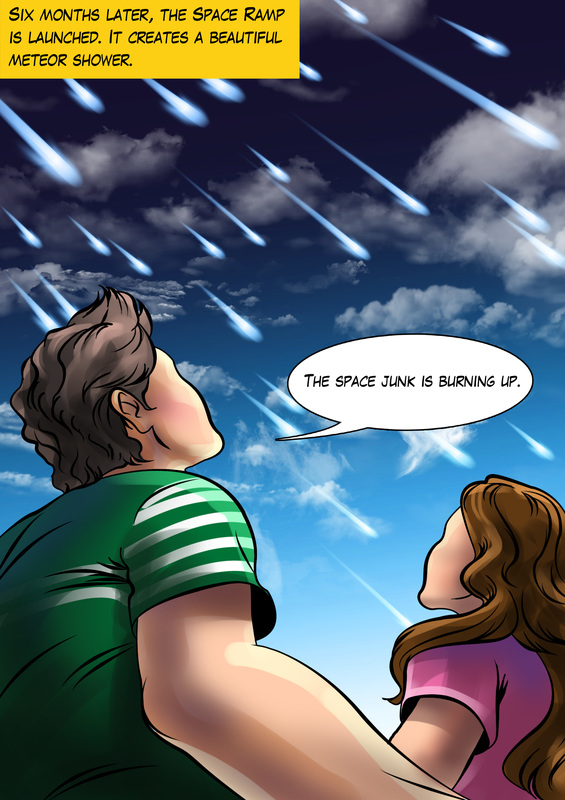
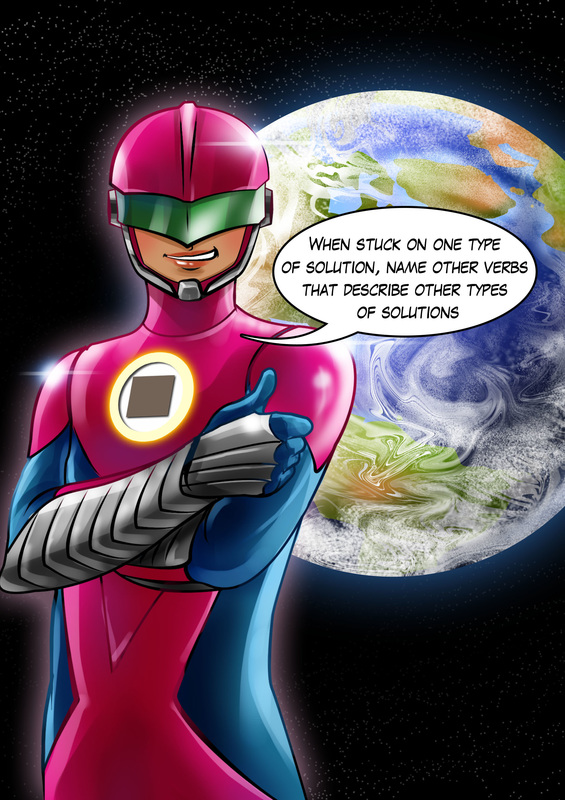
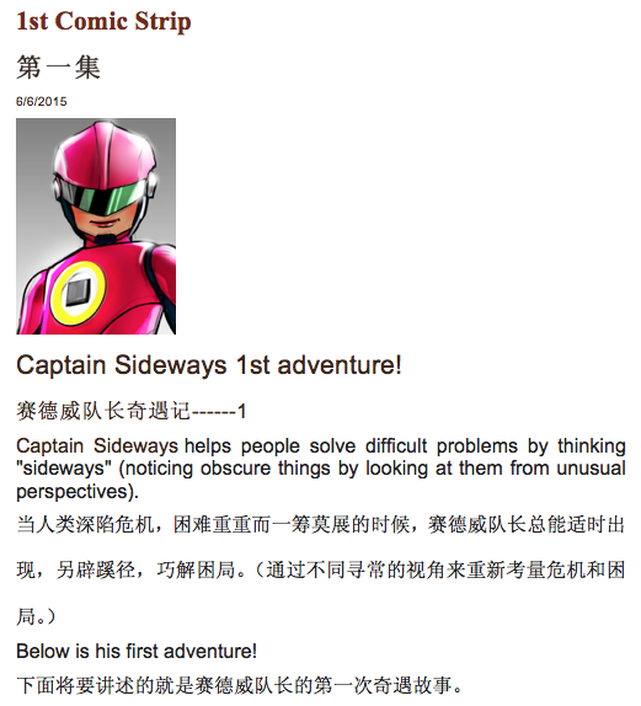
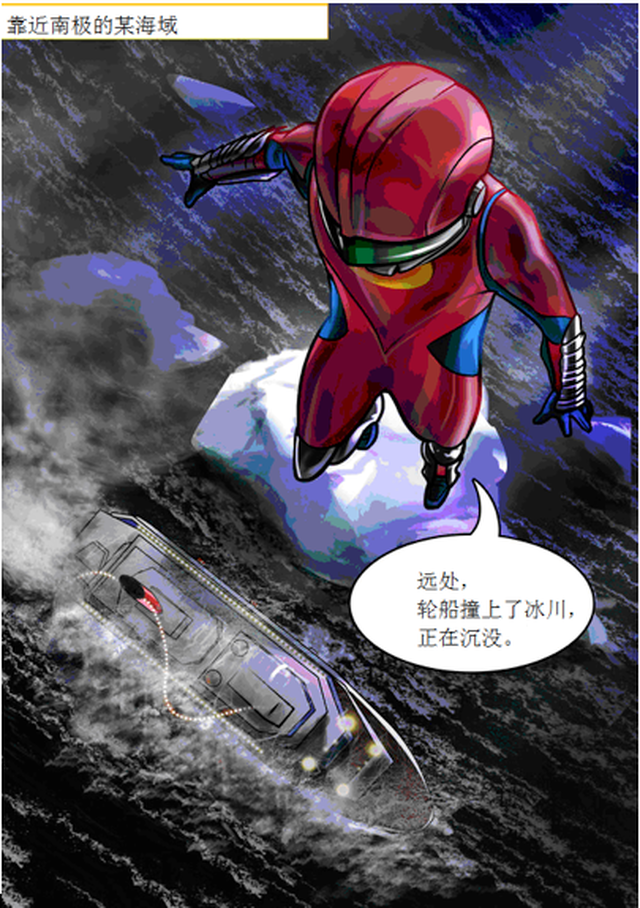
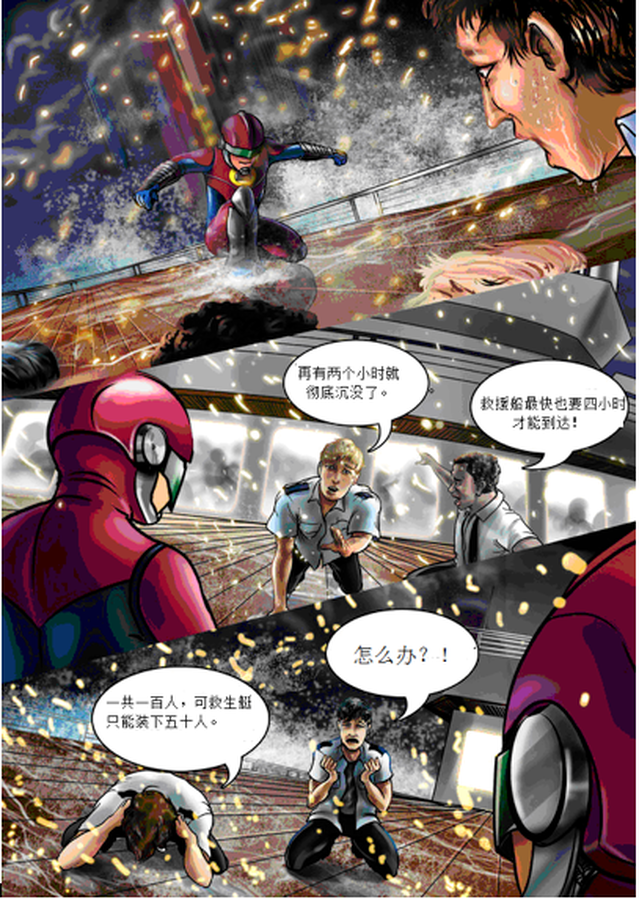
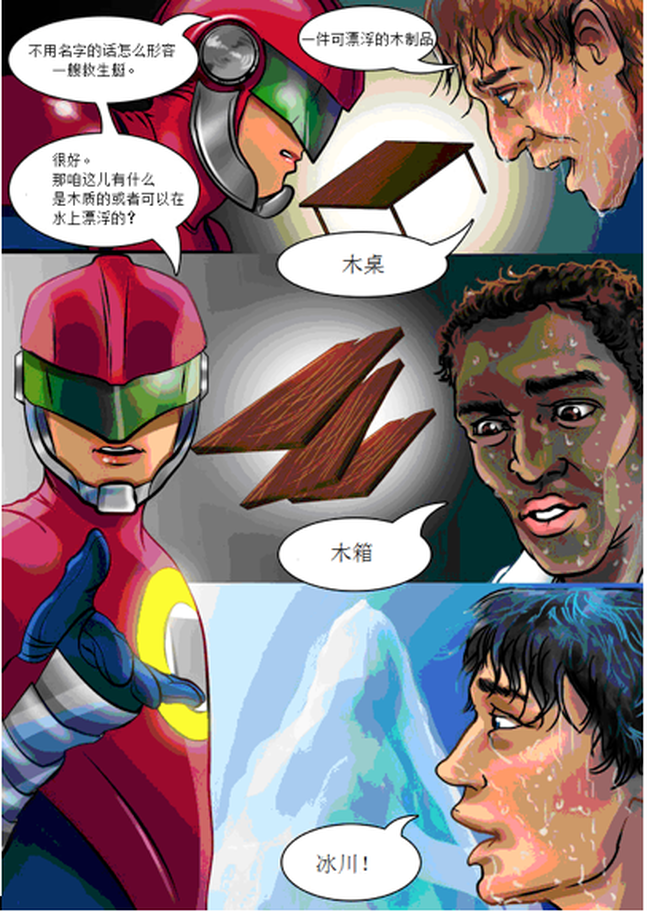
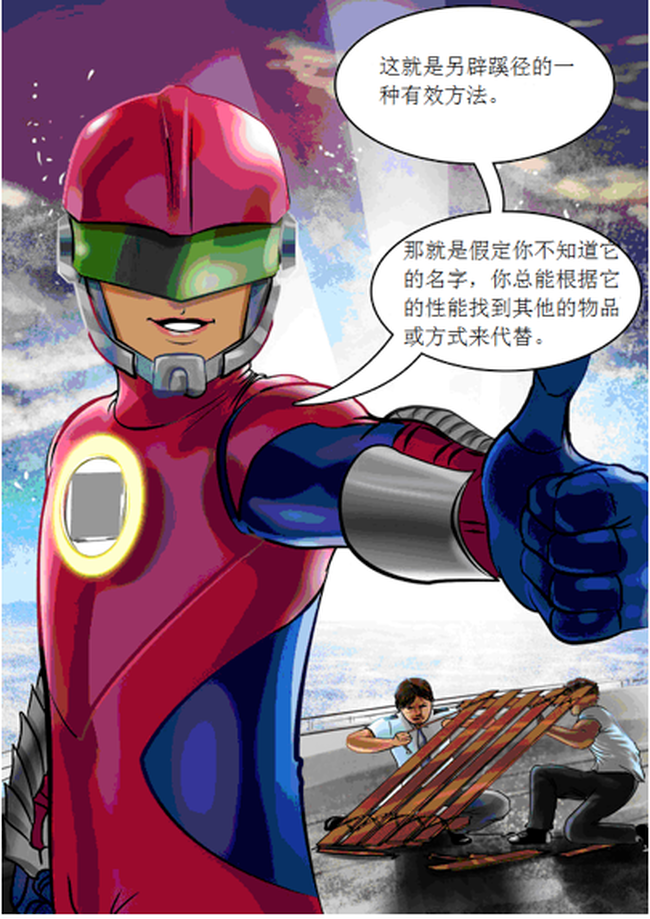
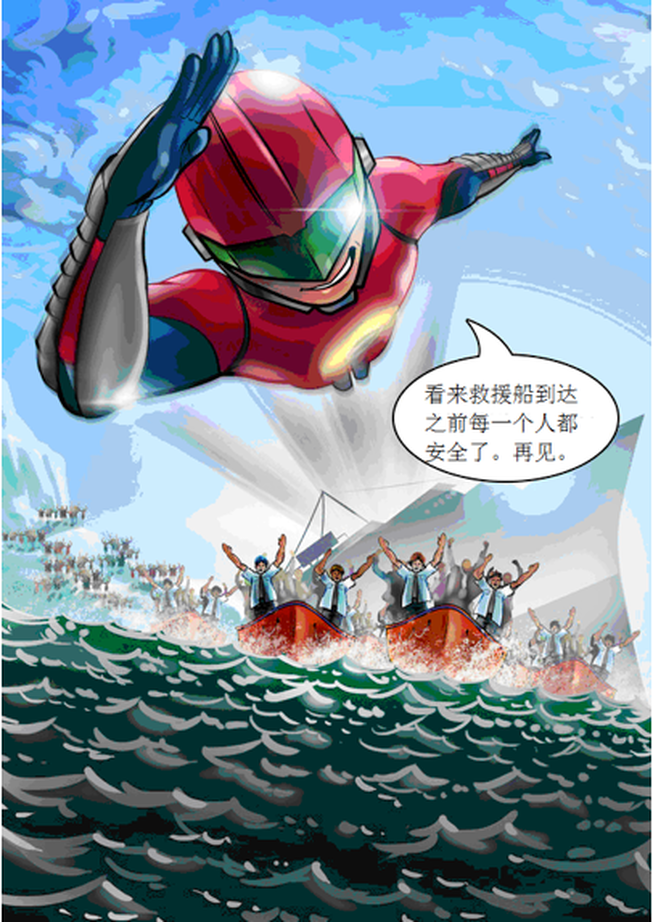
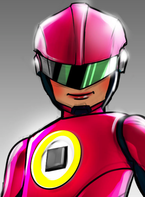
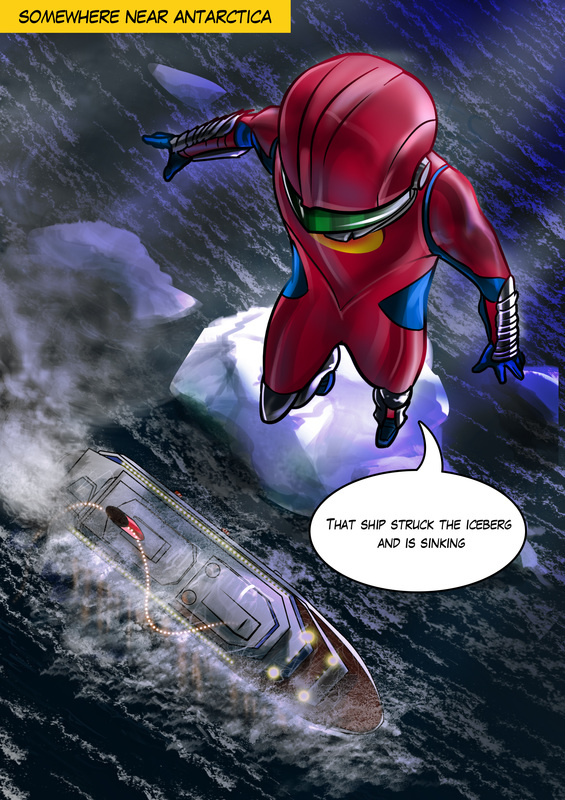
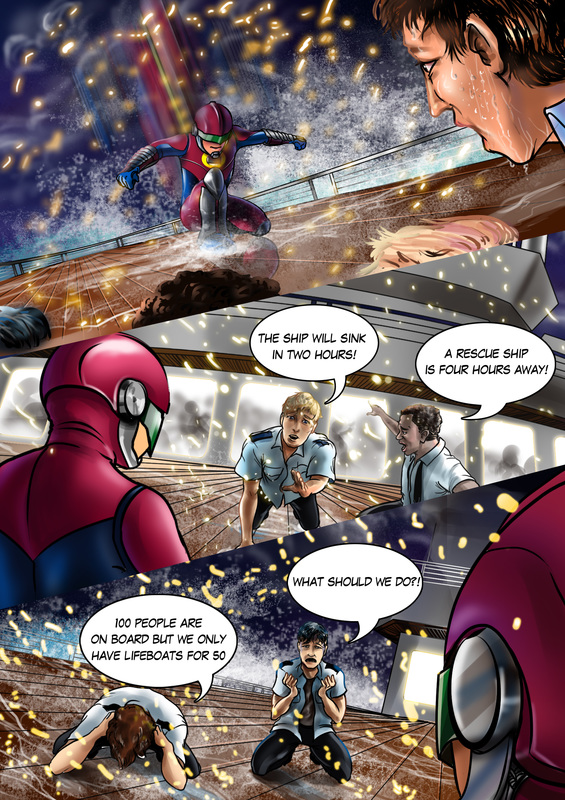
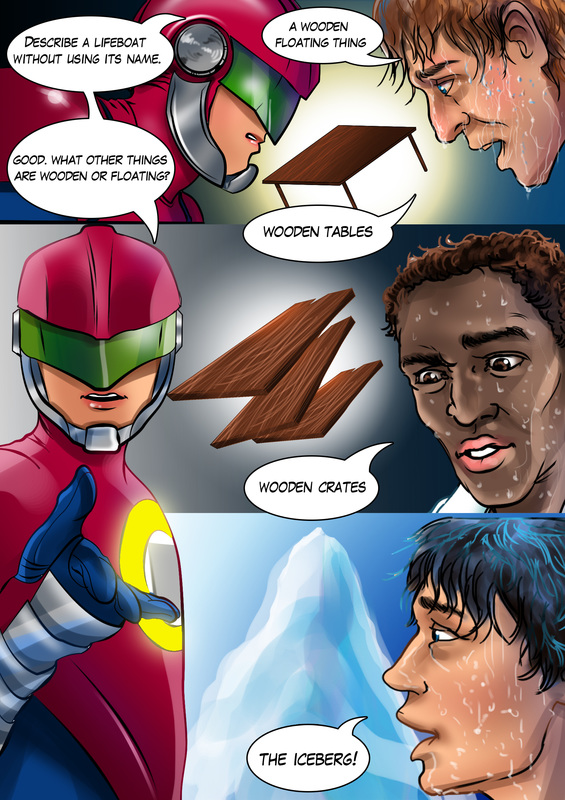
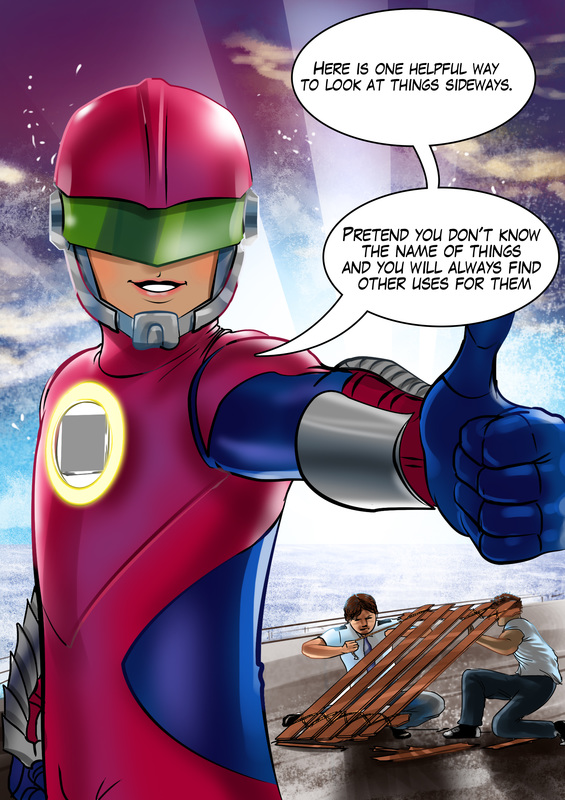
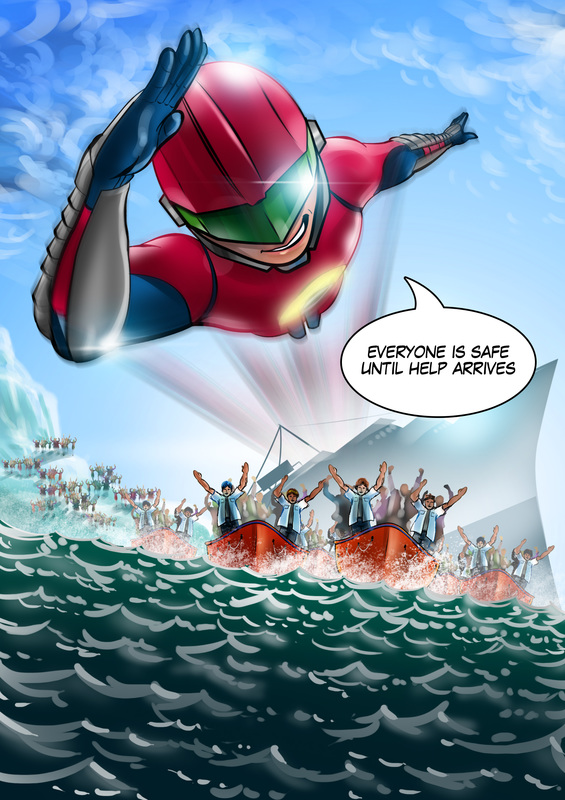
 RSS Feed
RSS Feed
